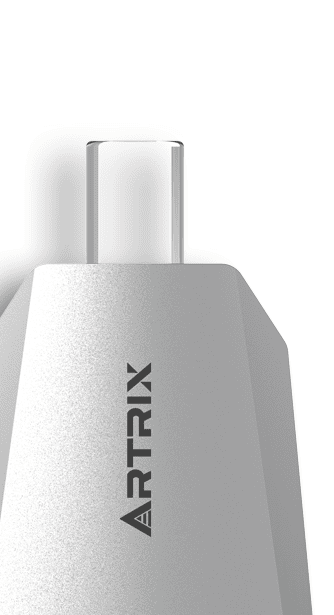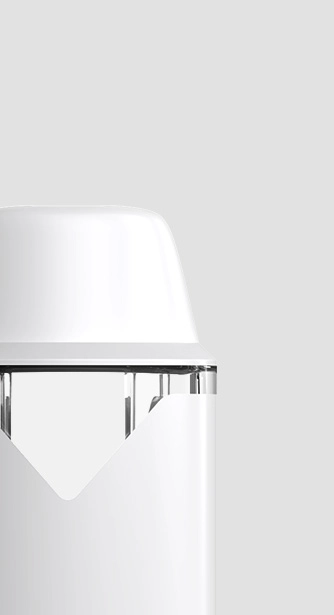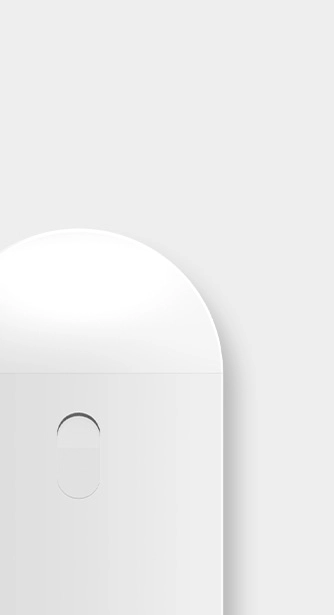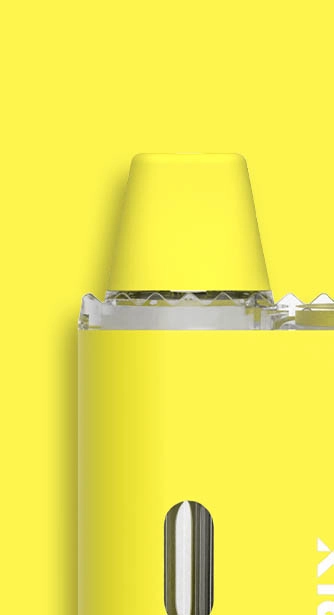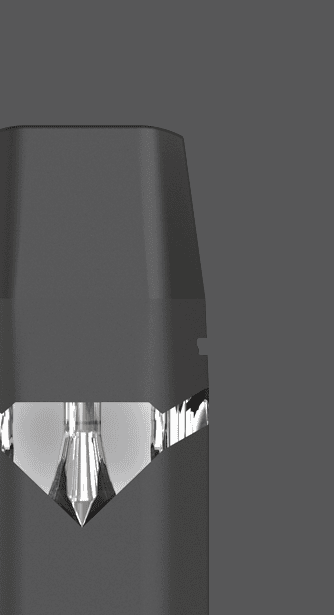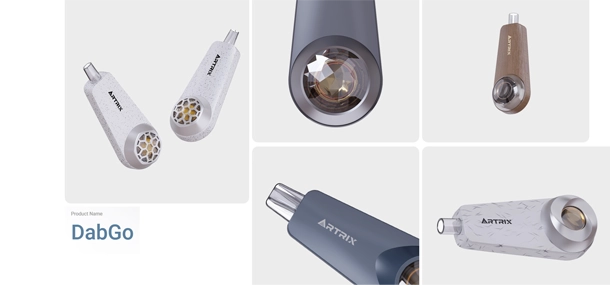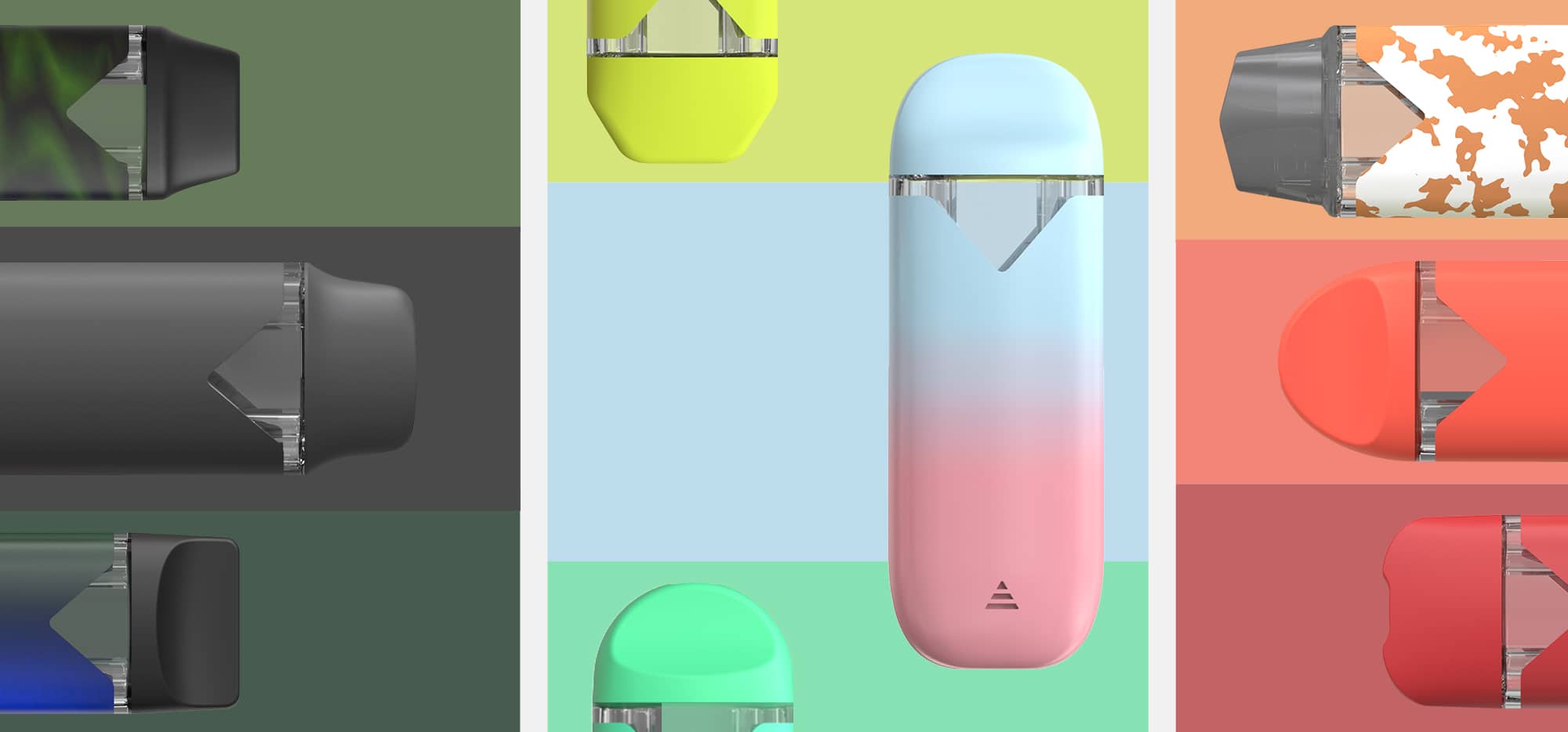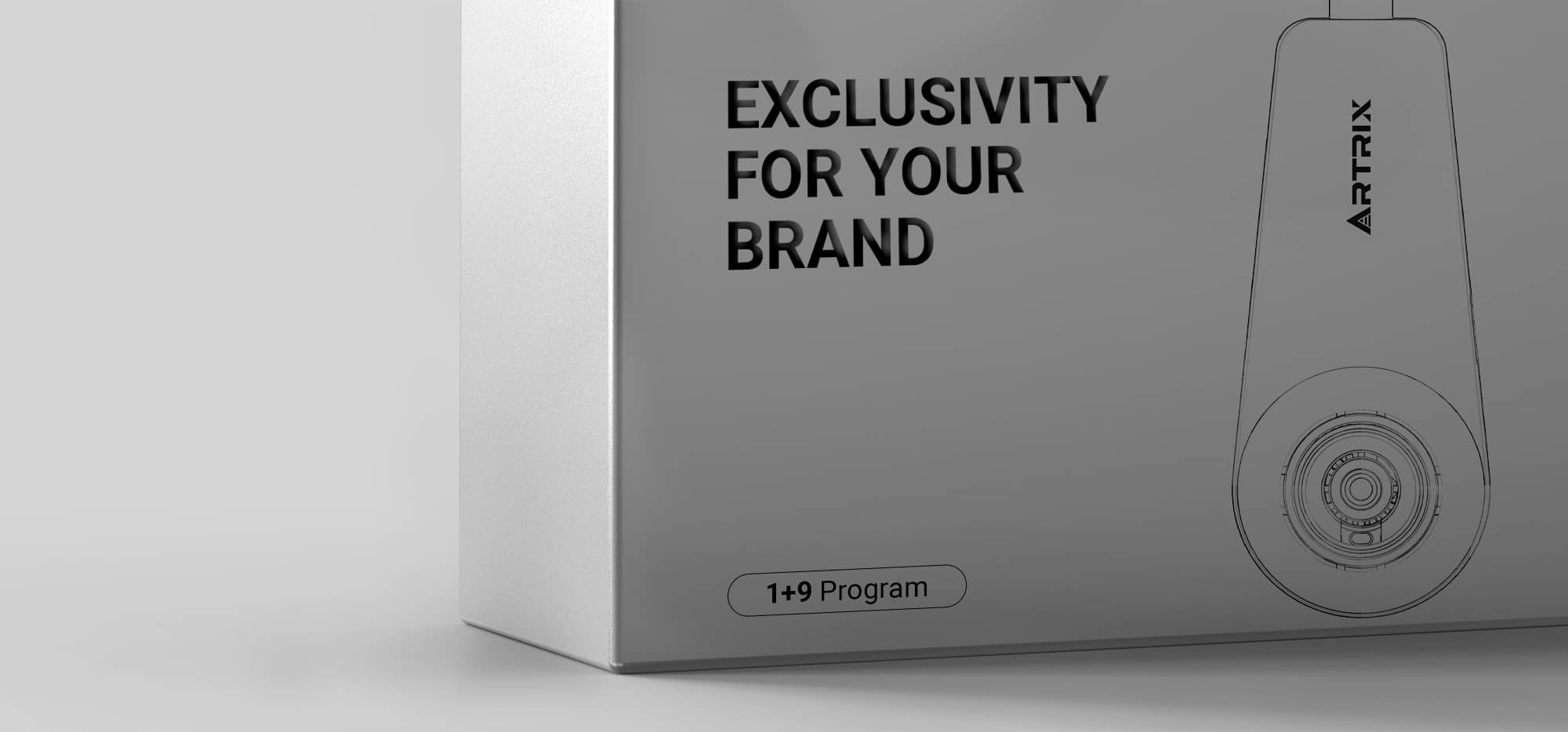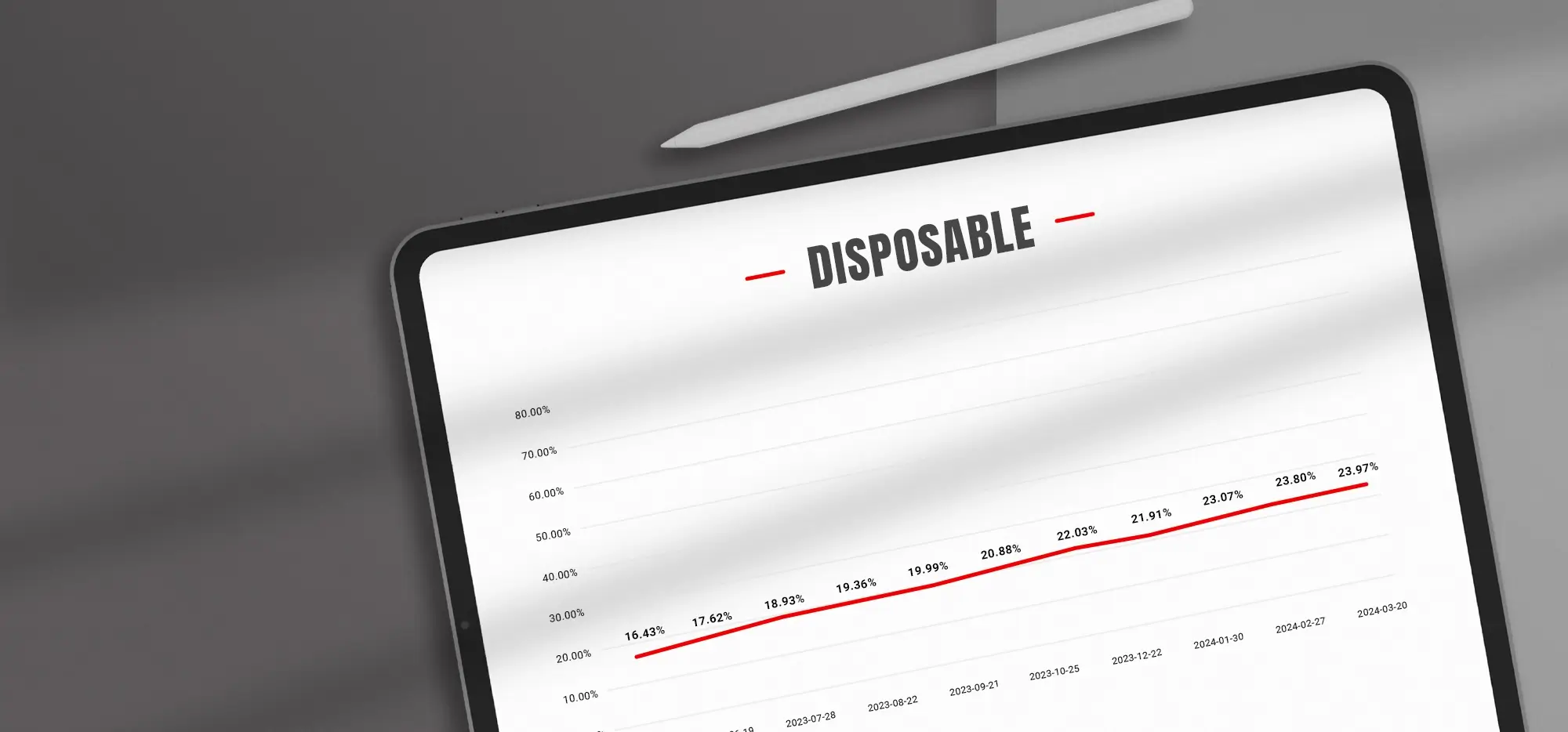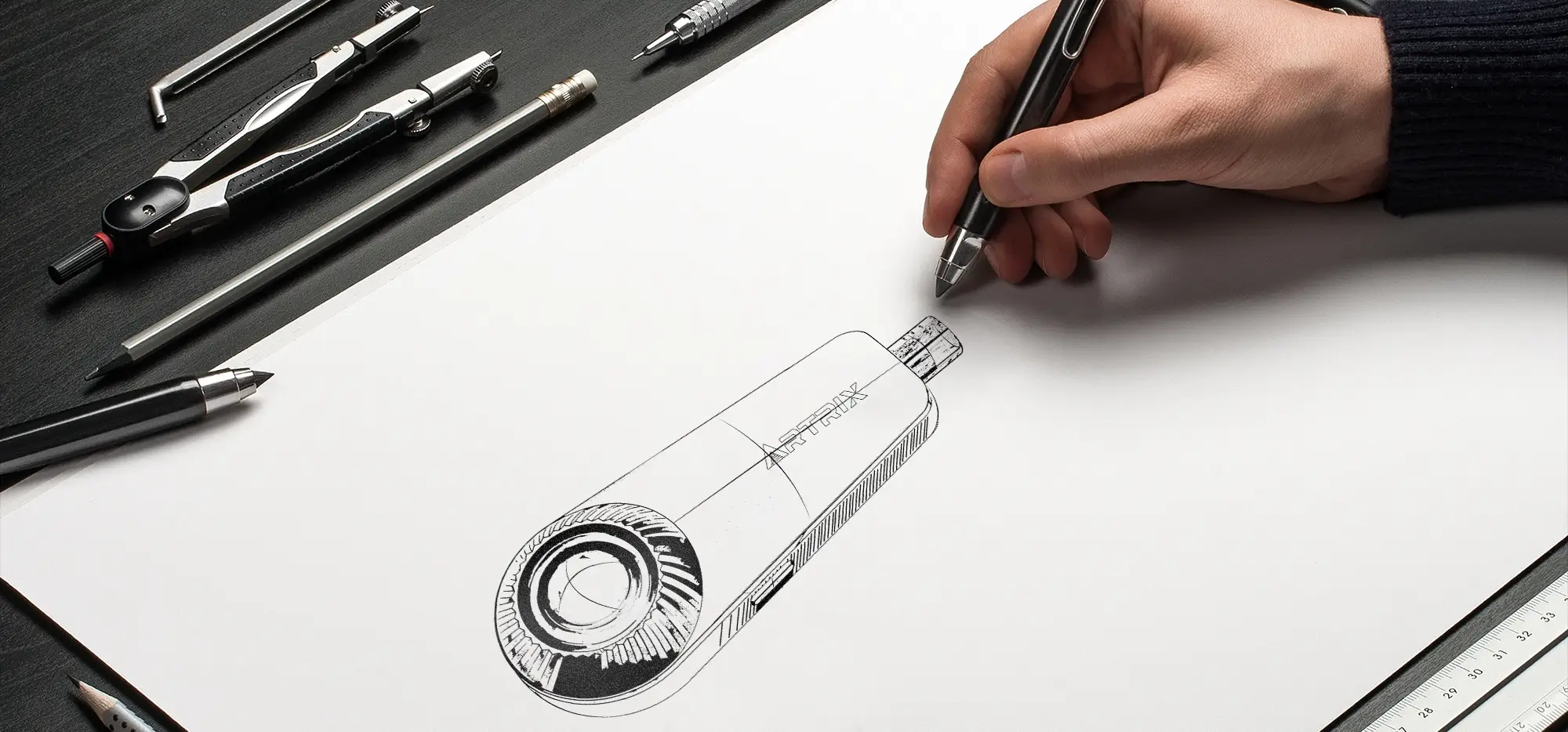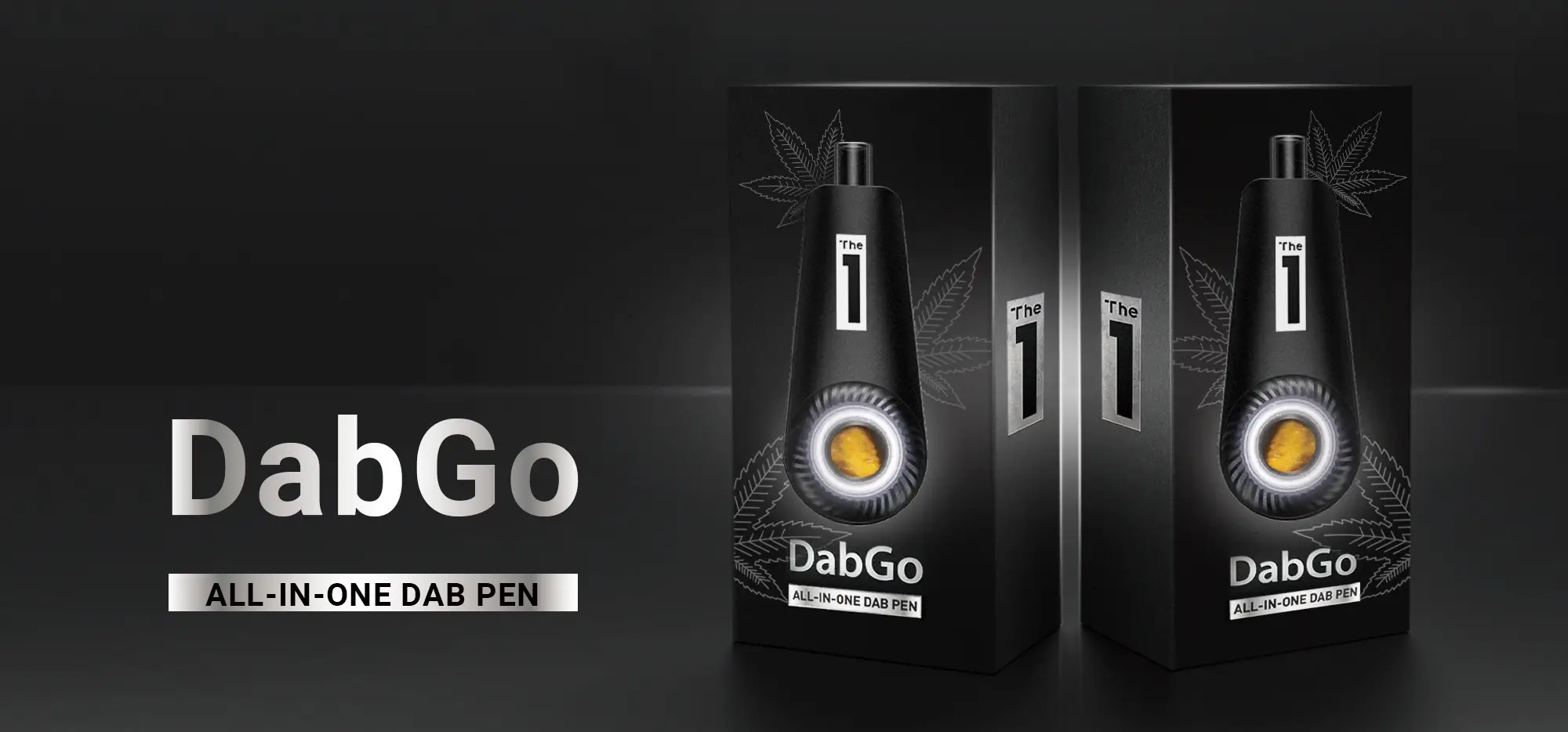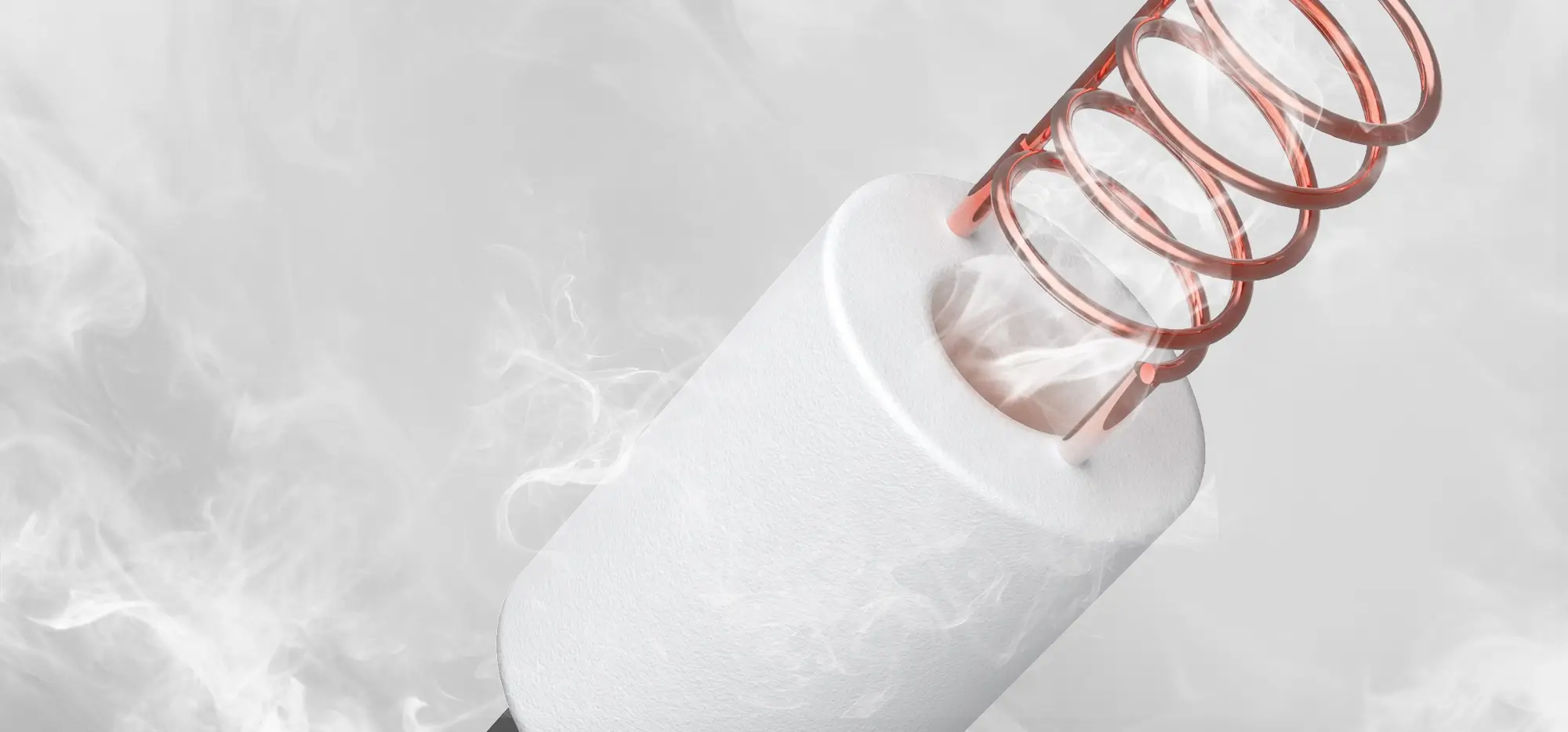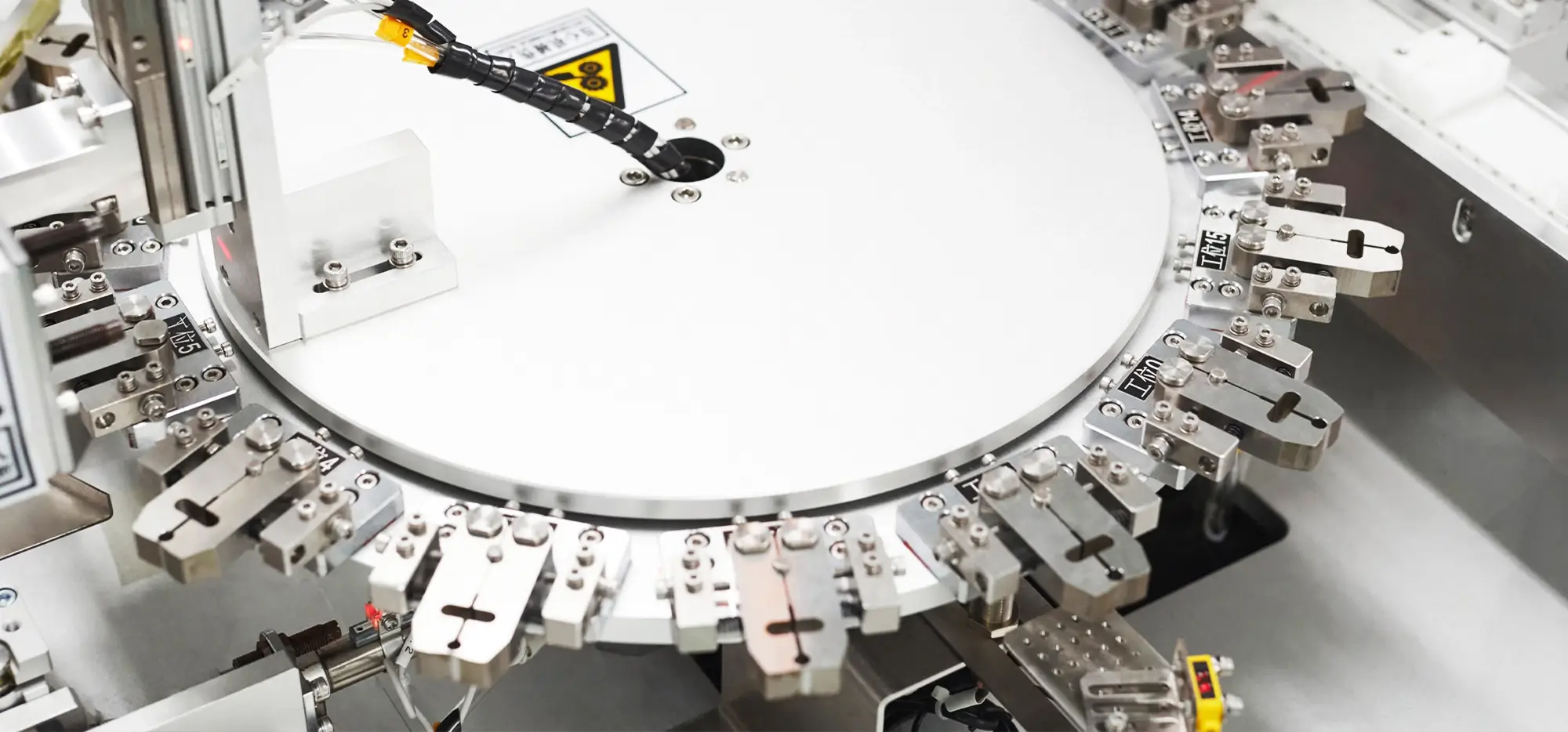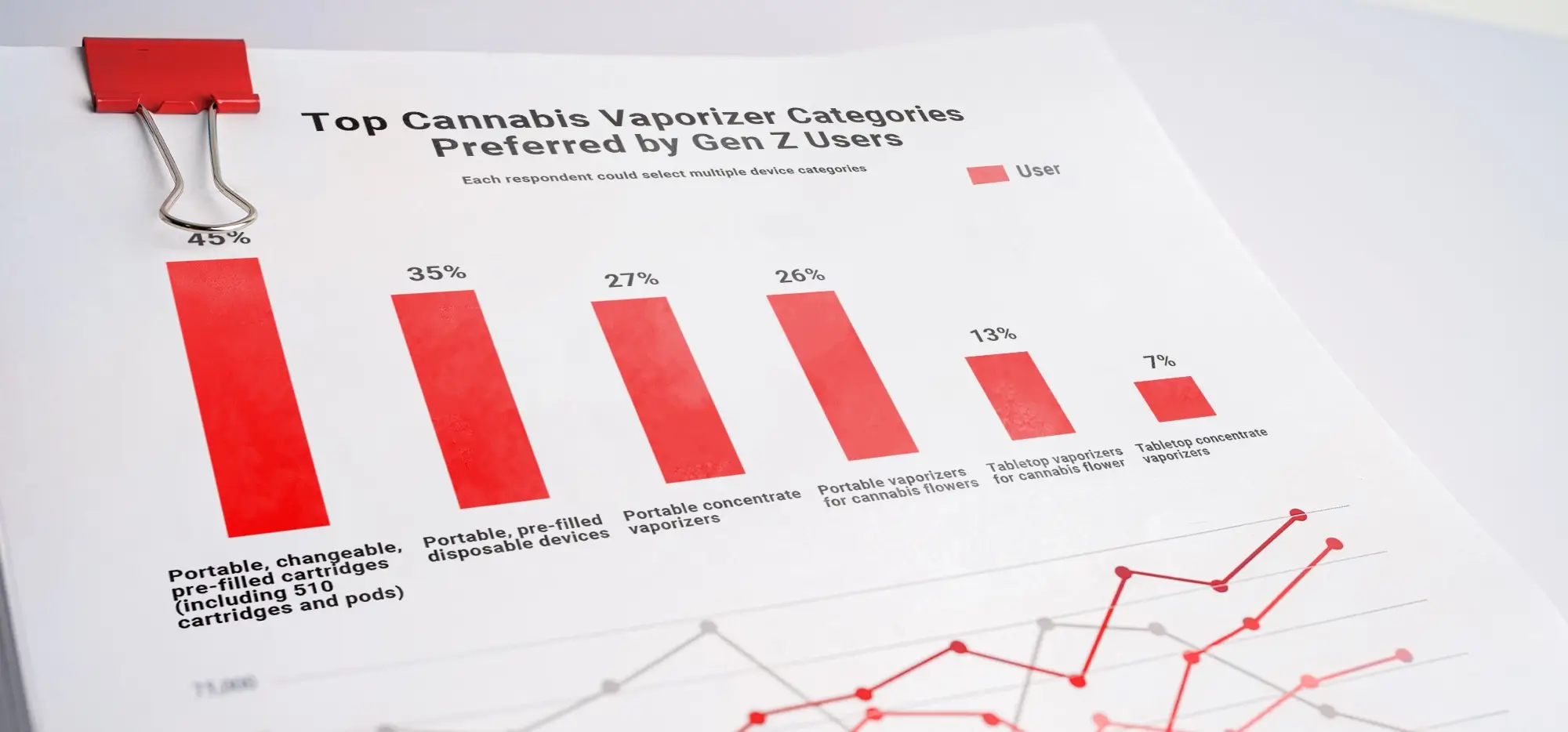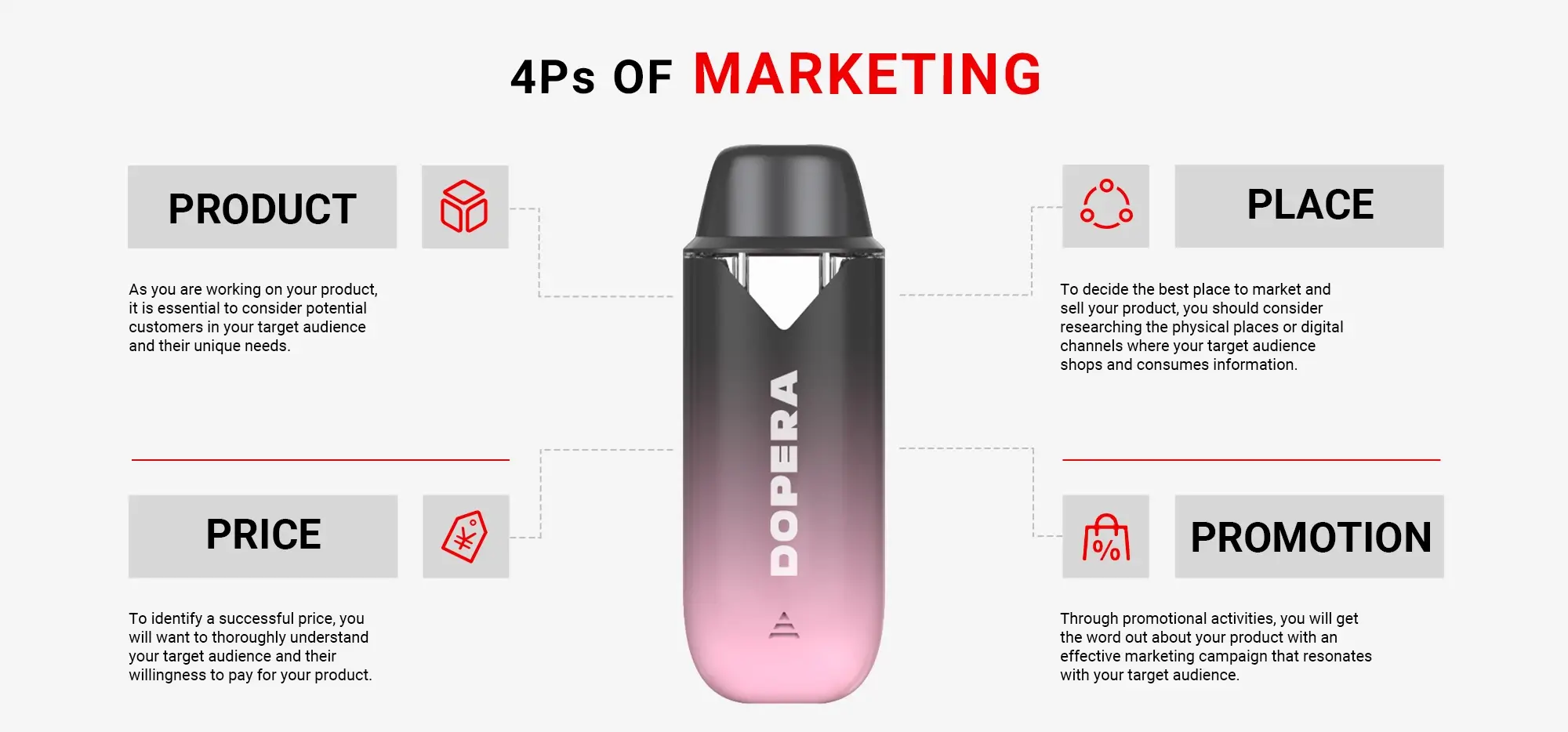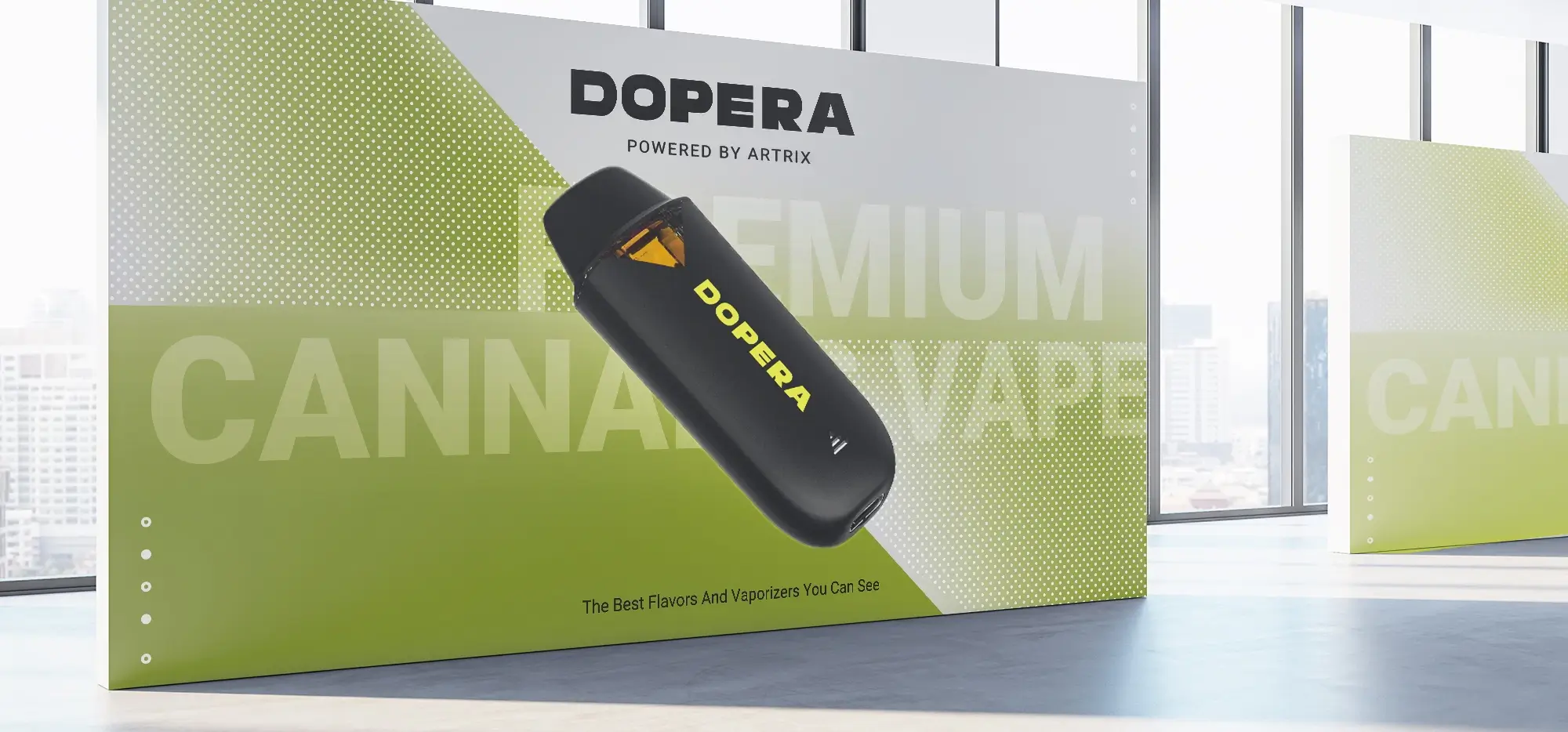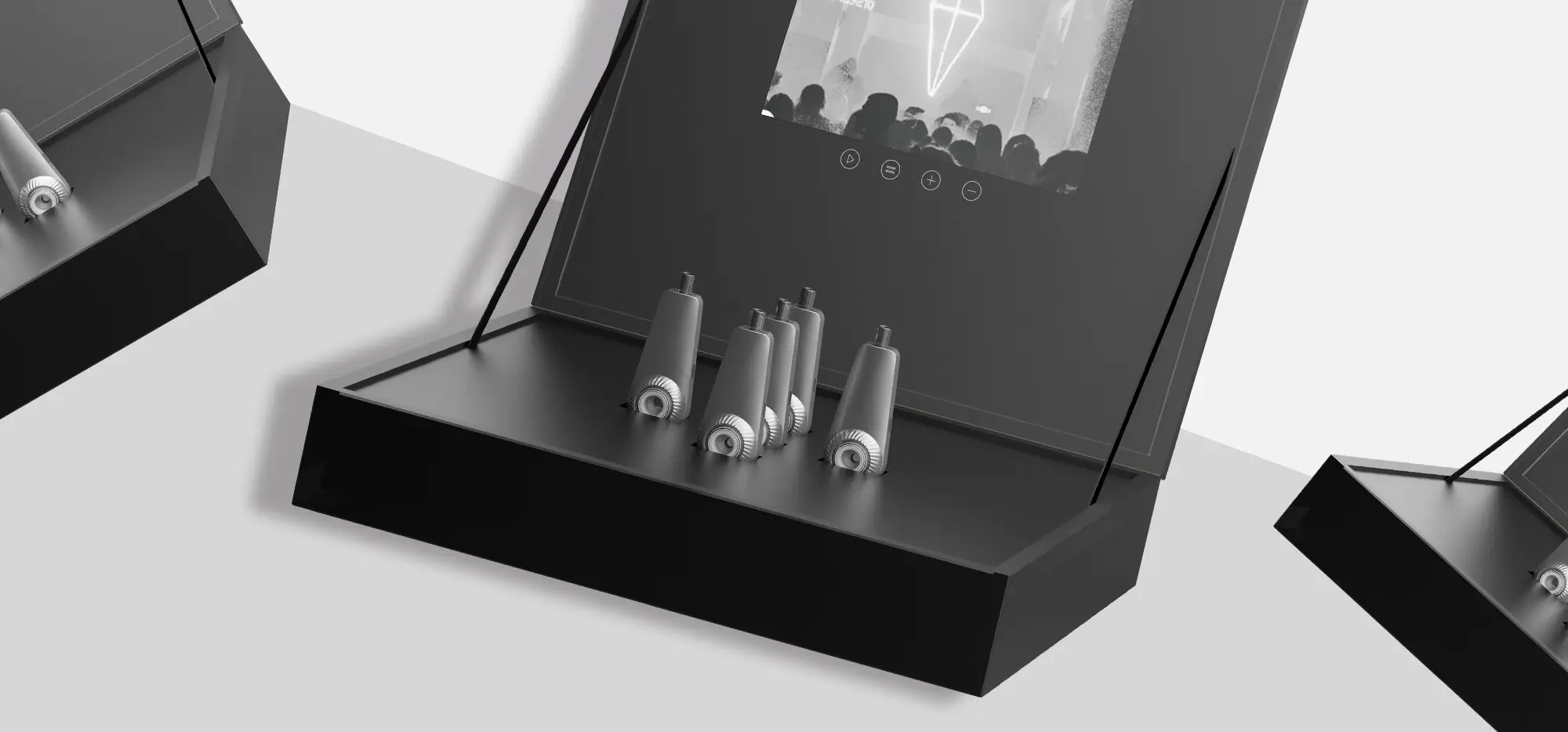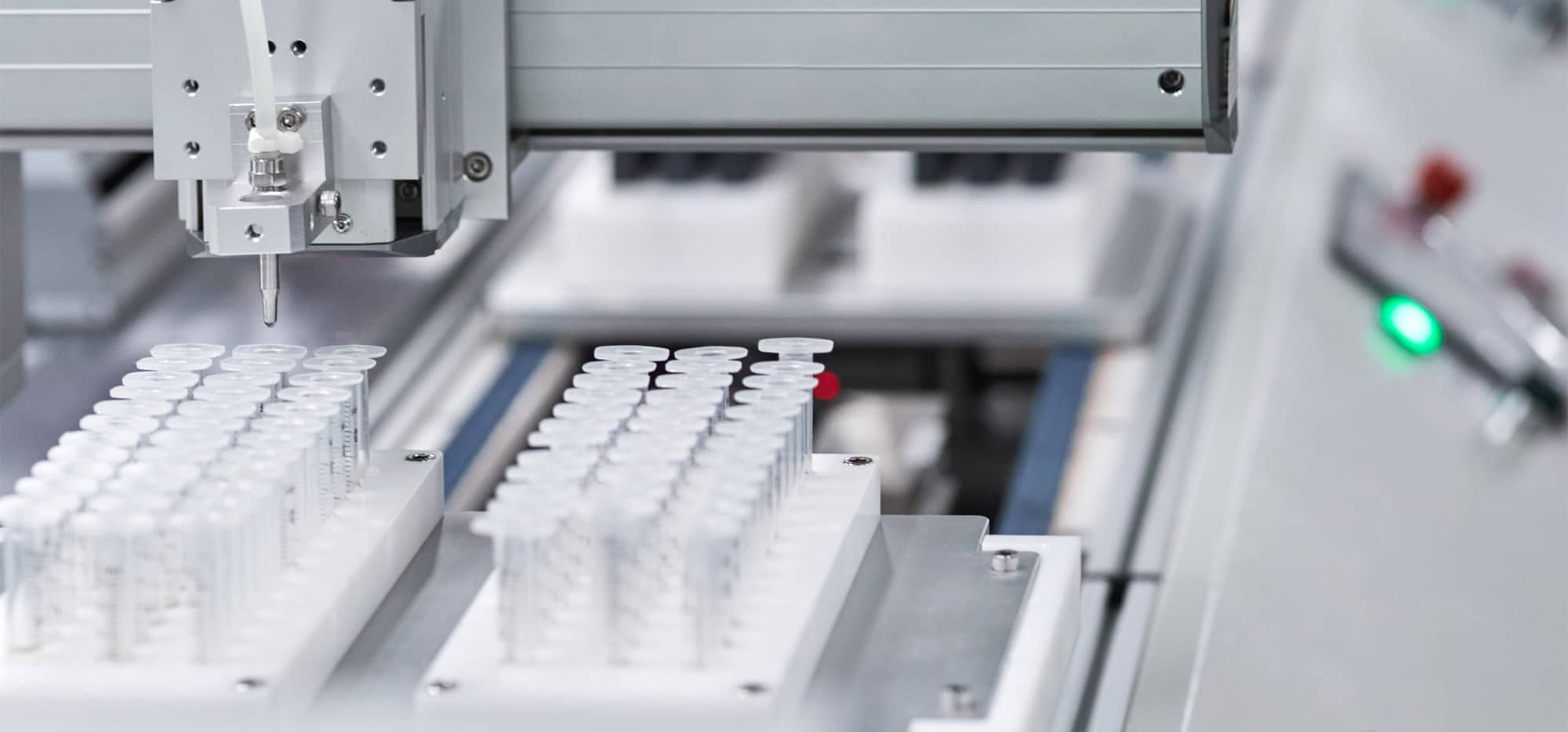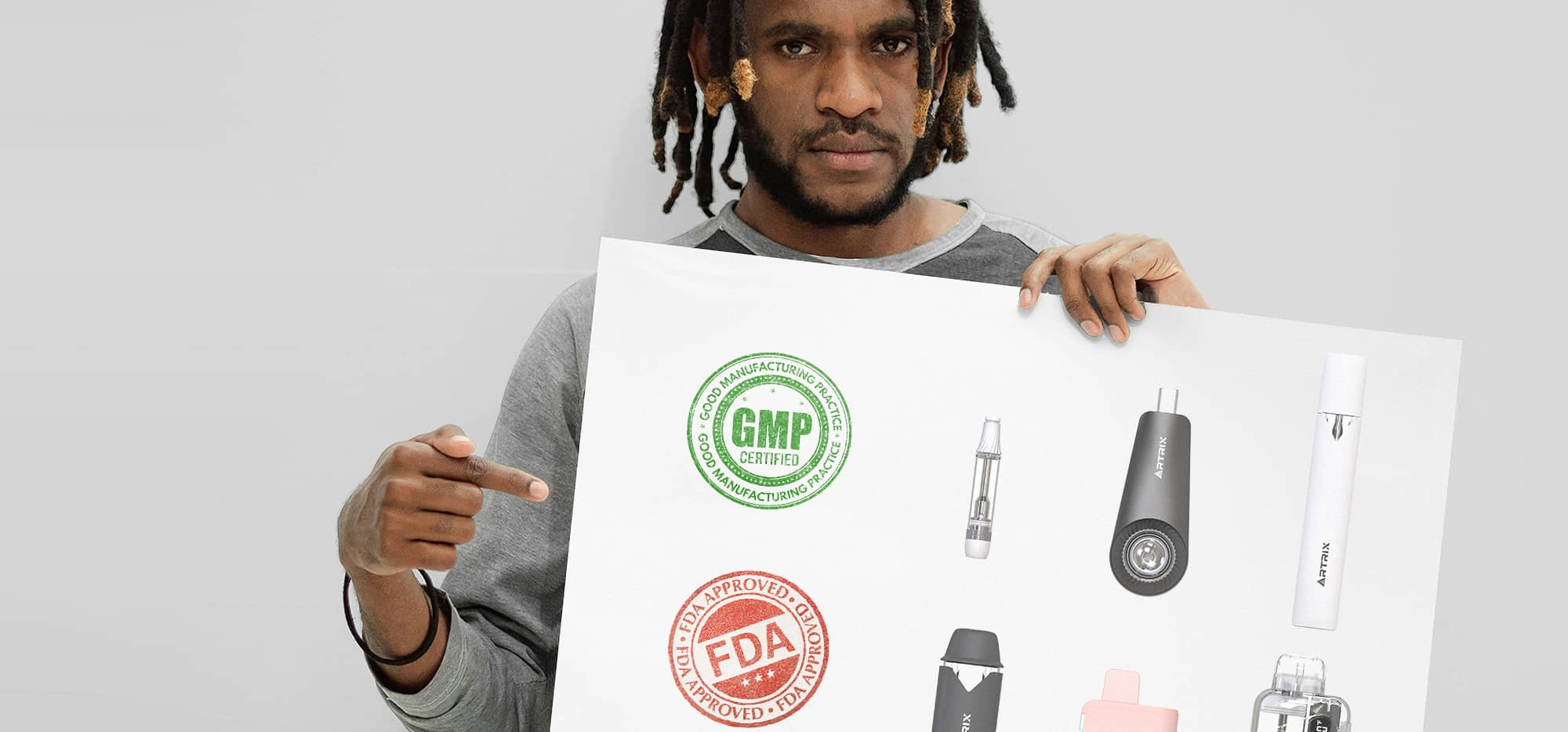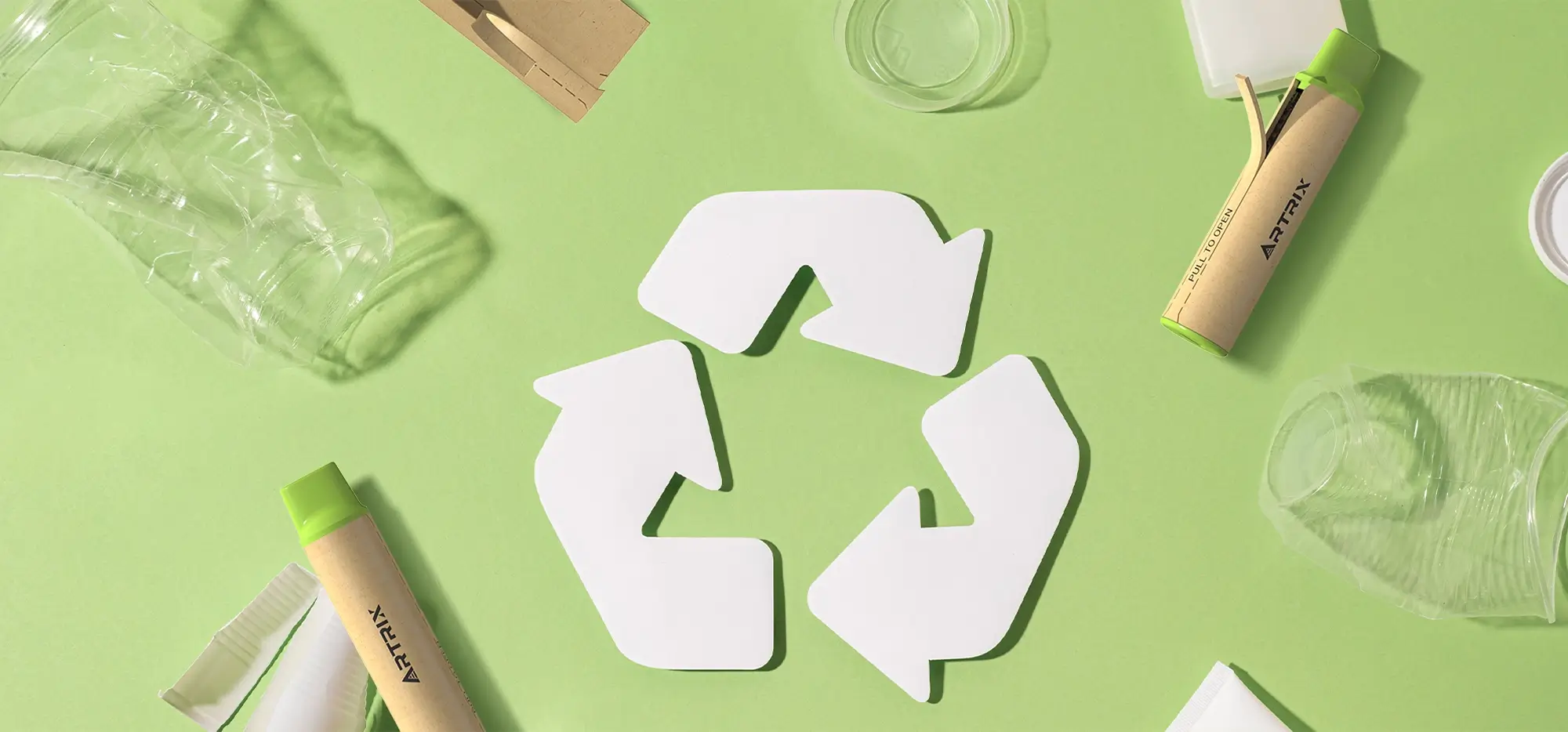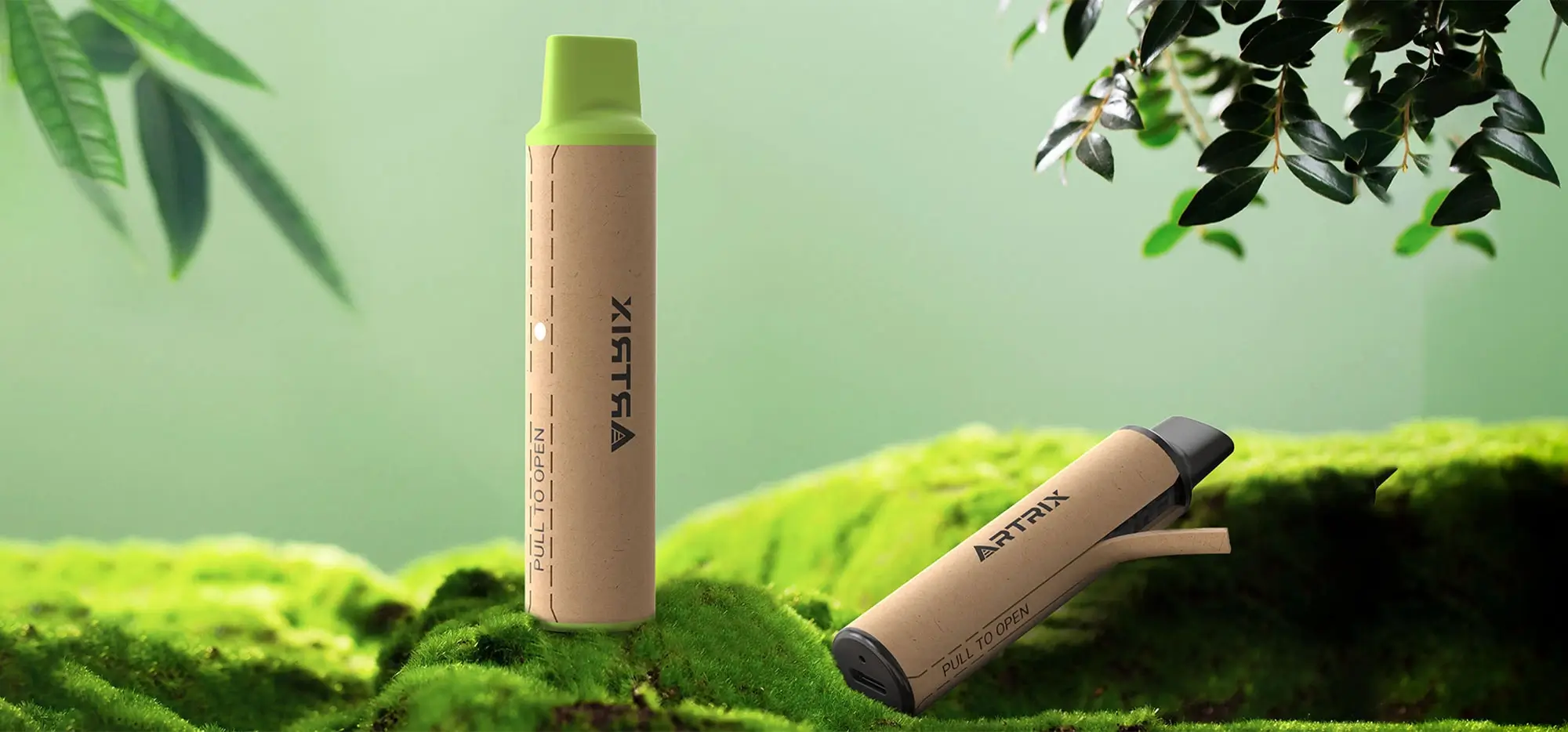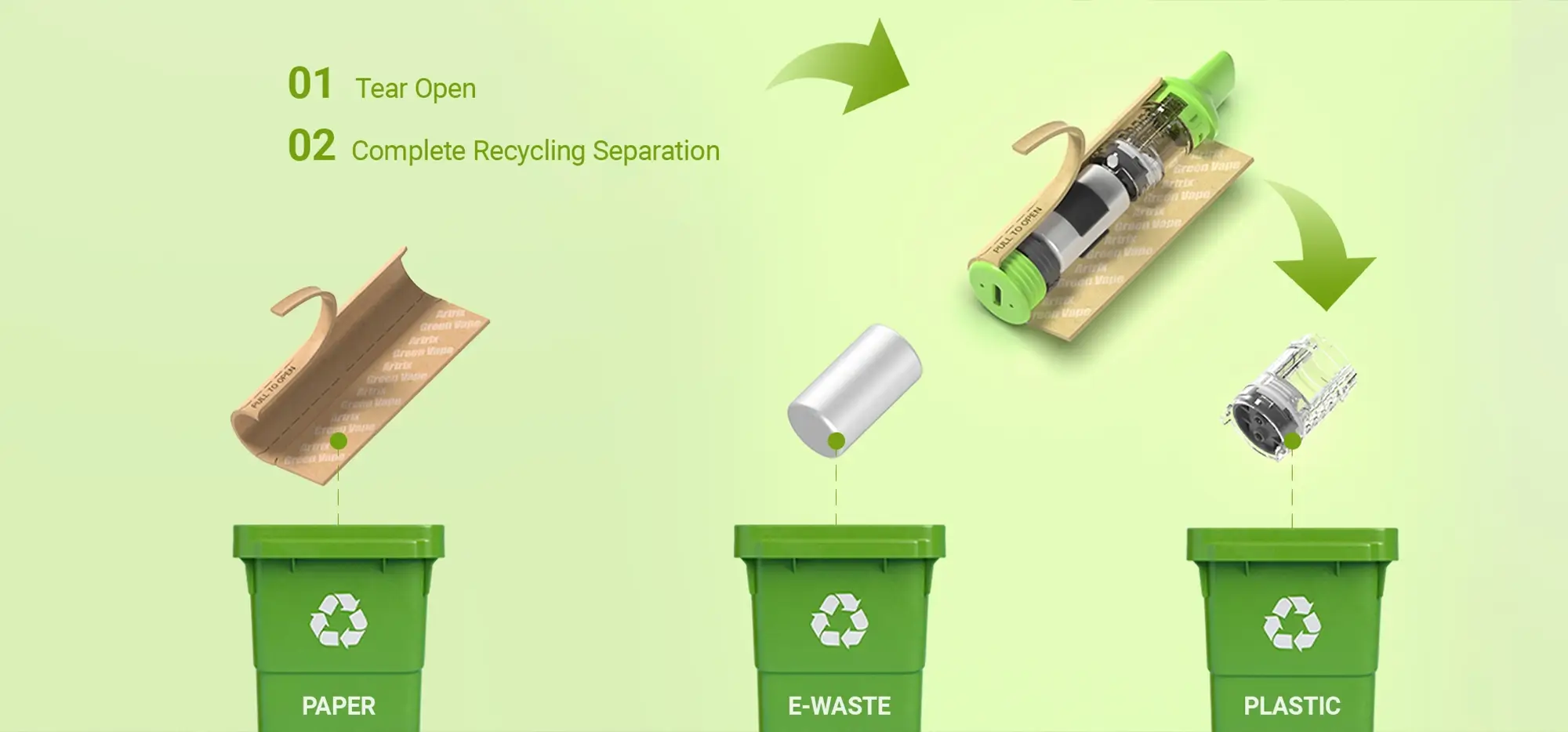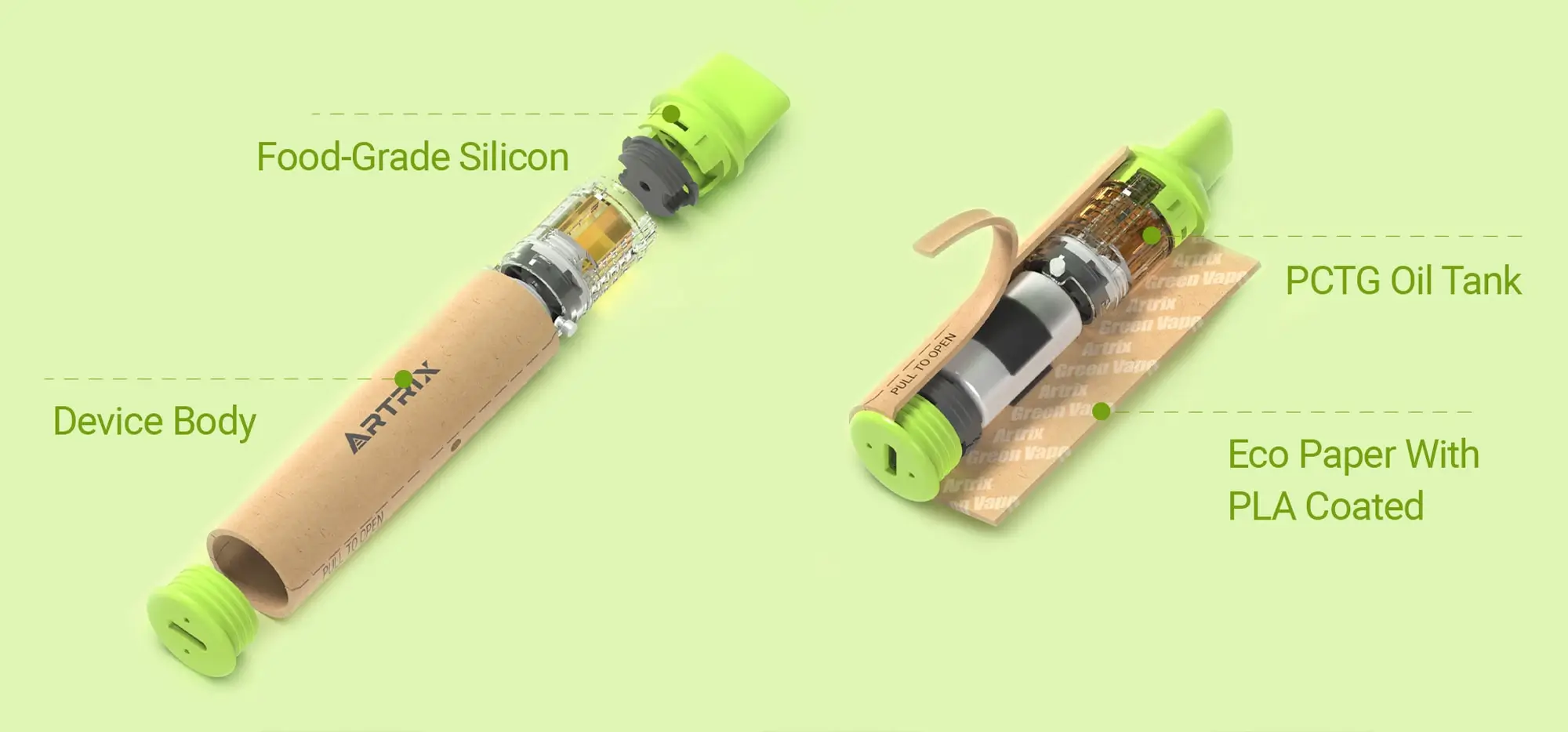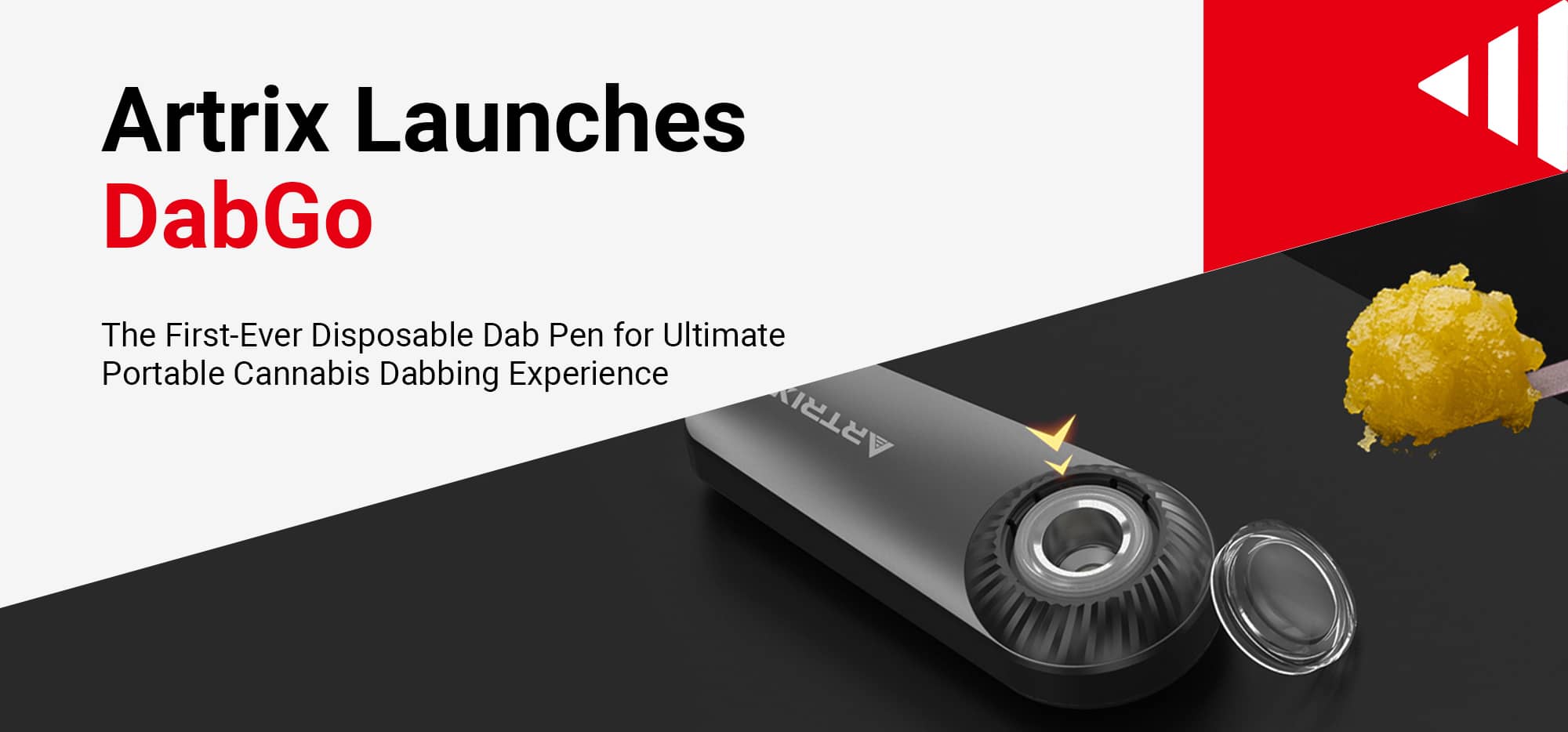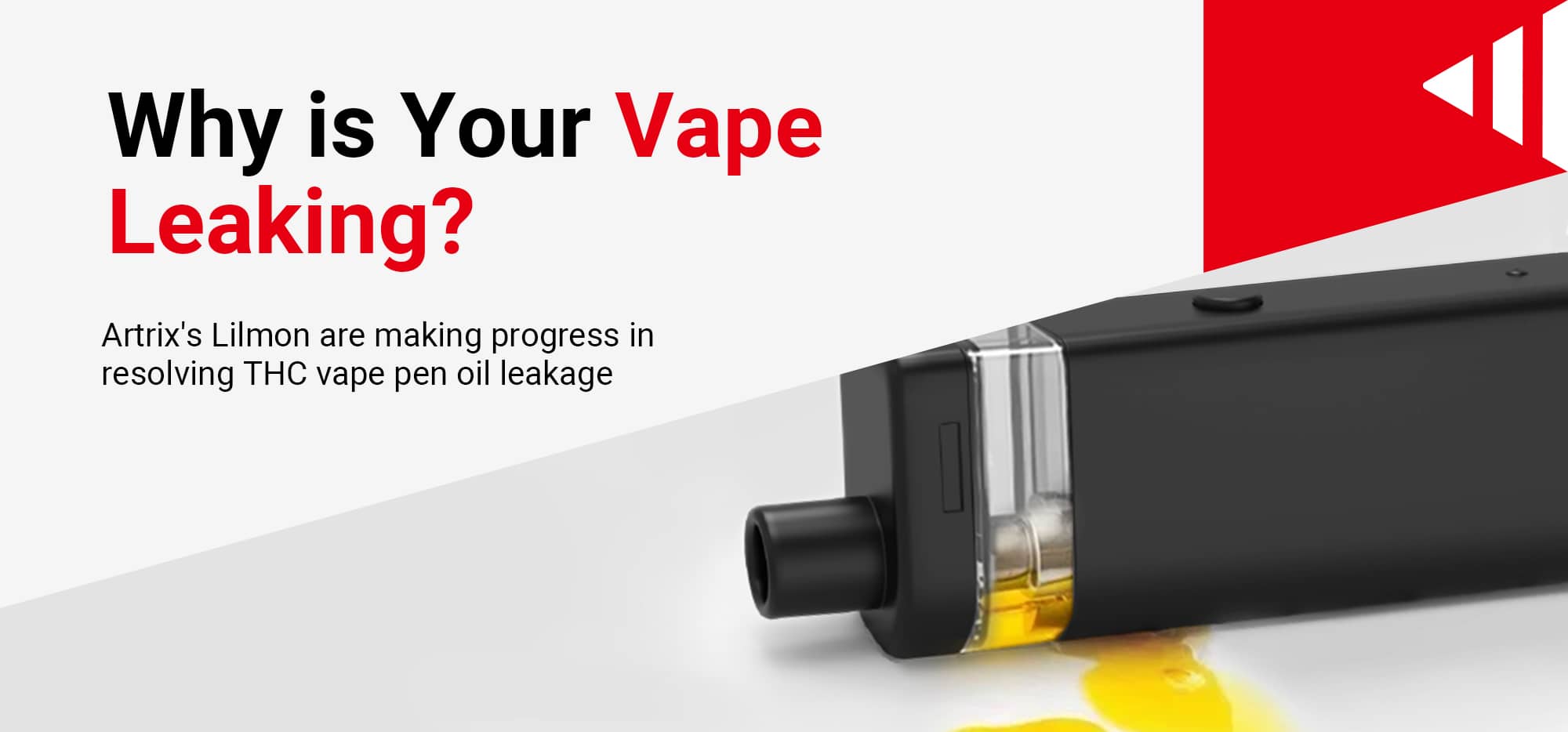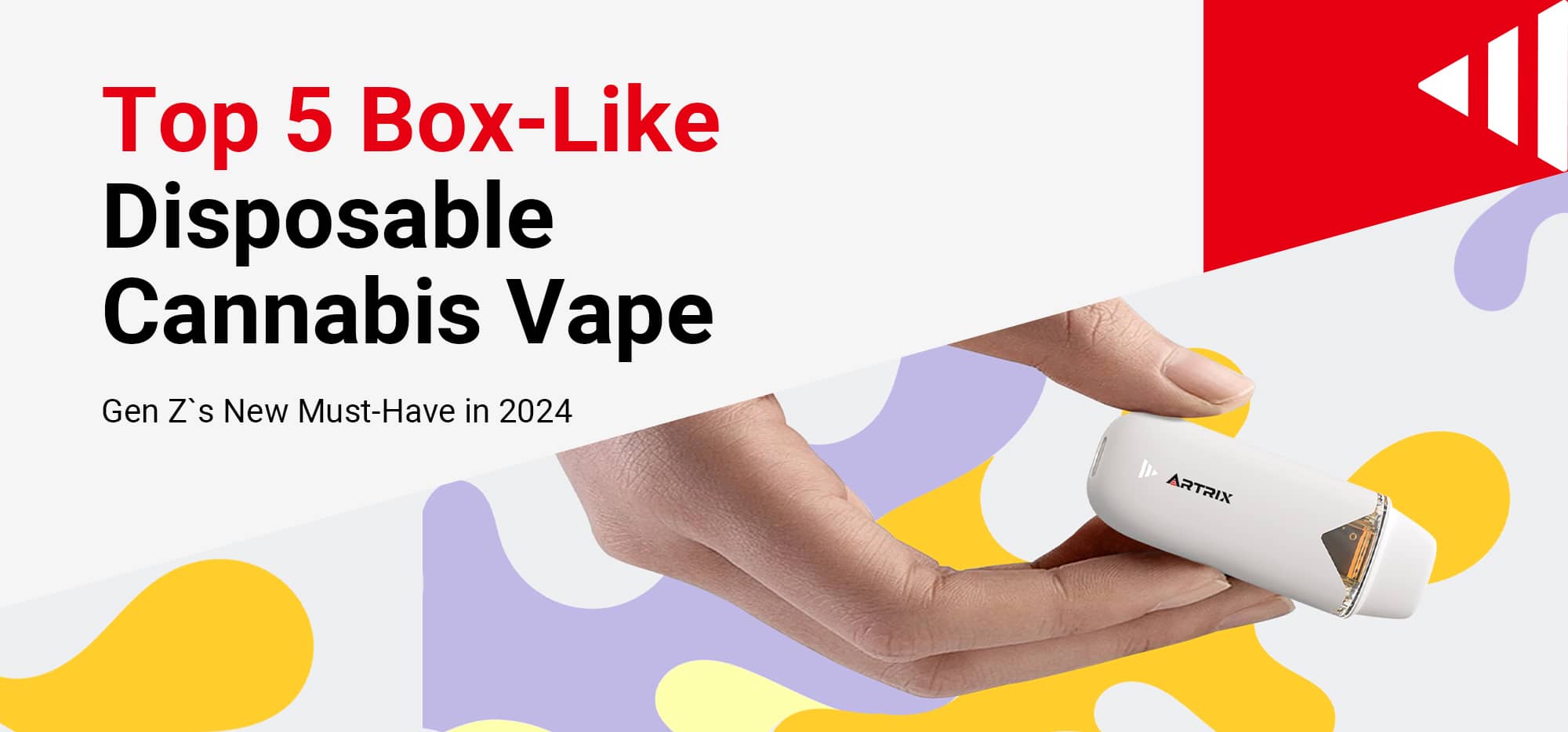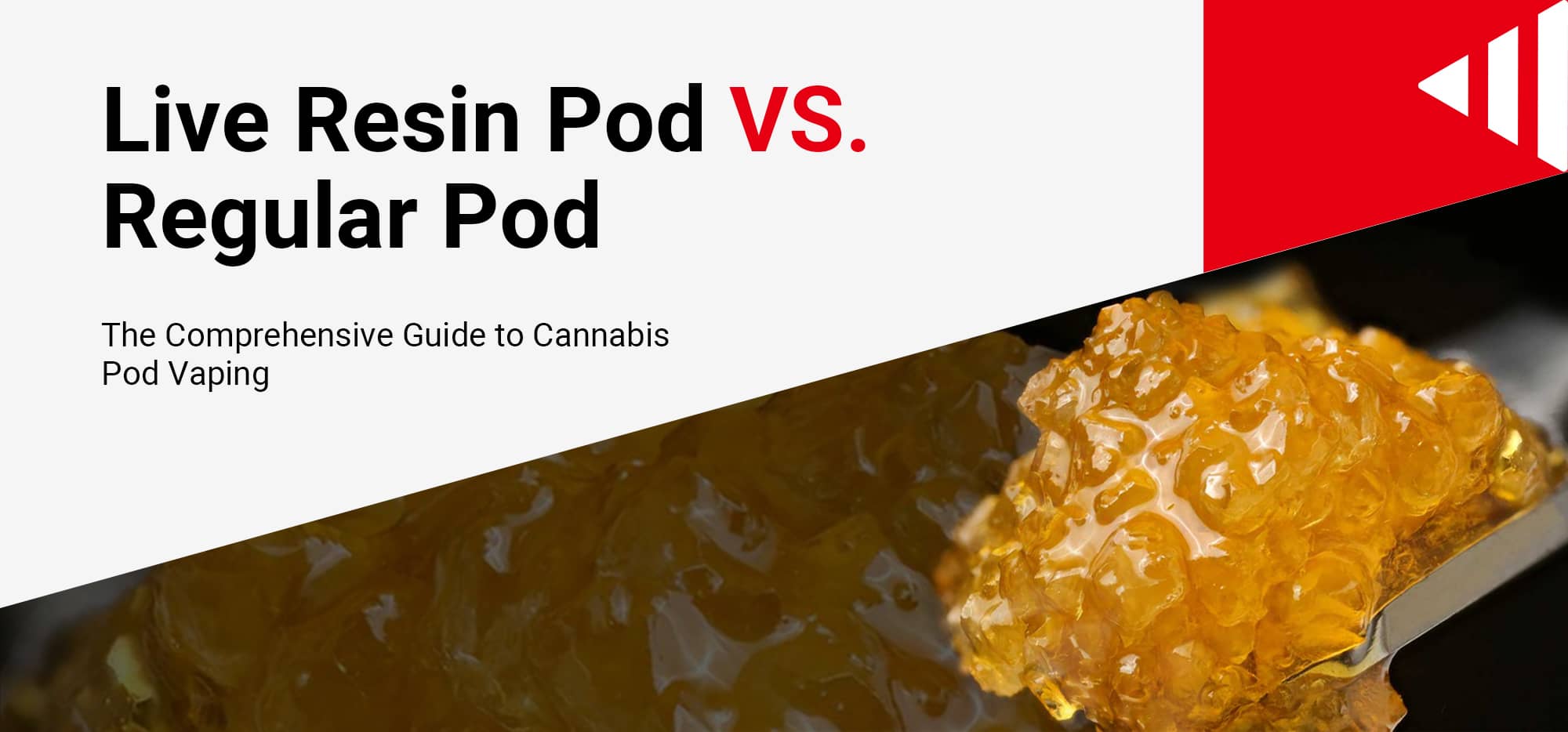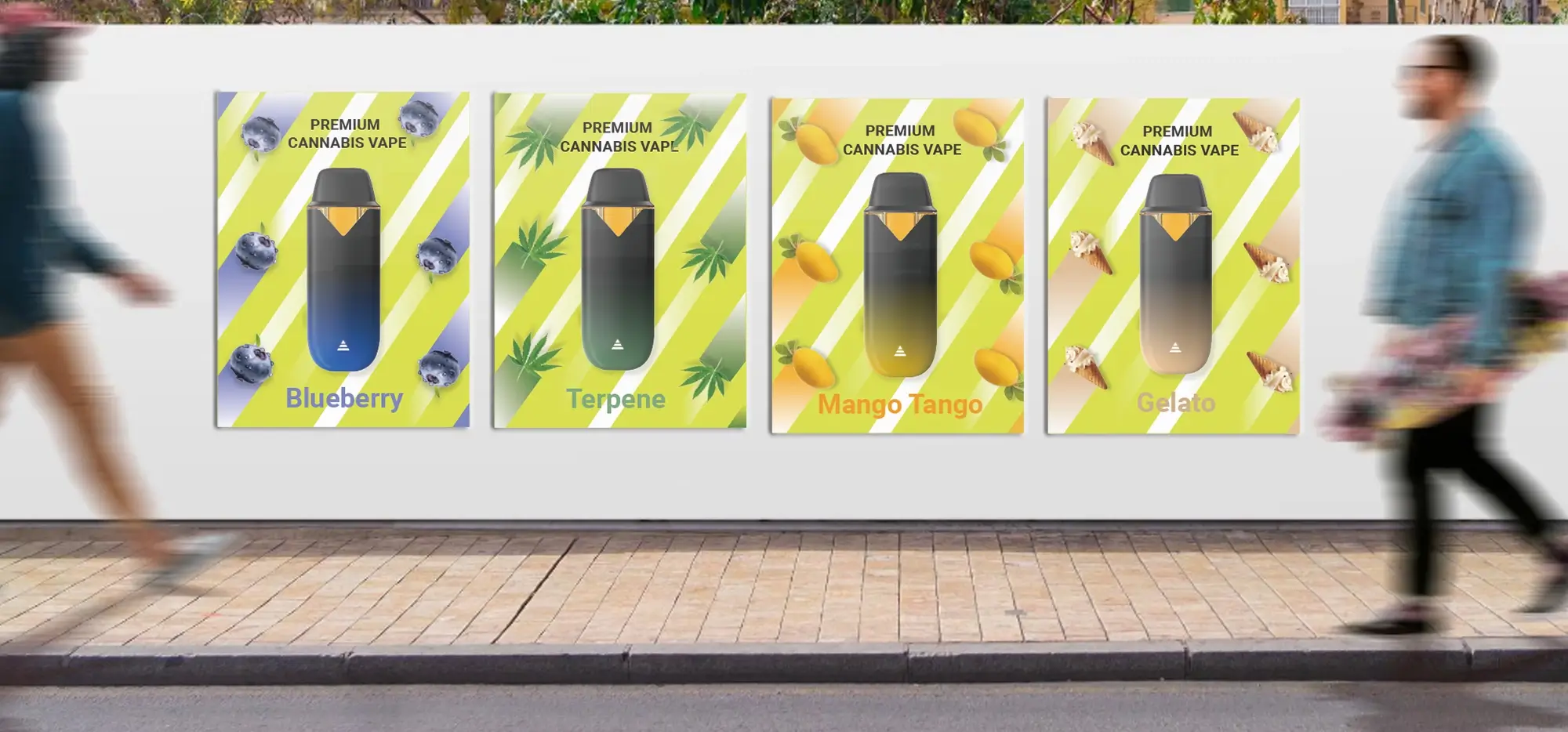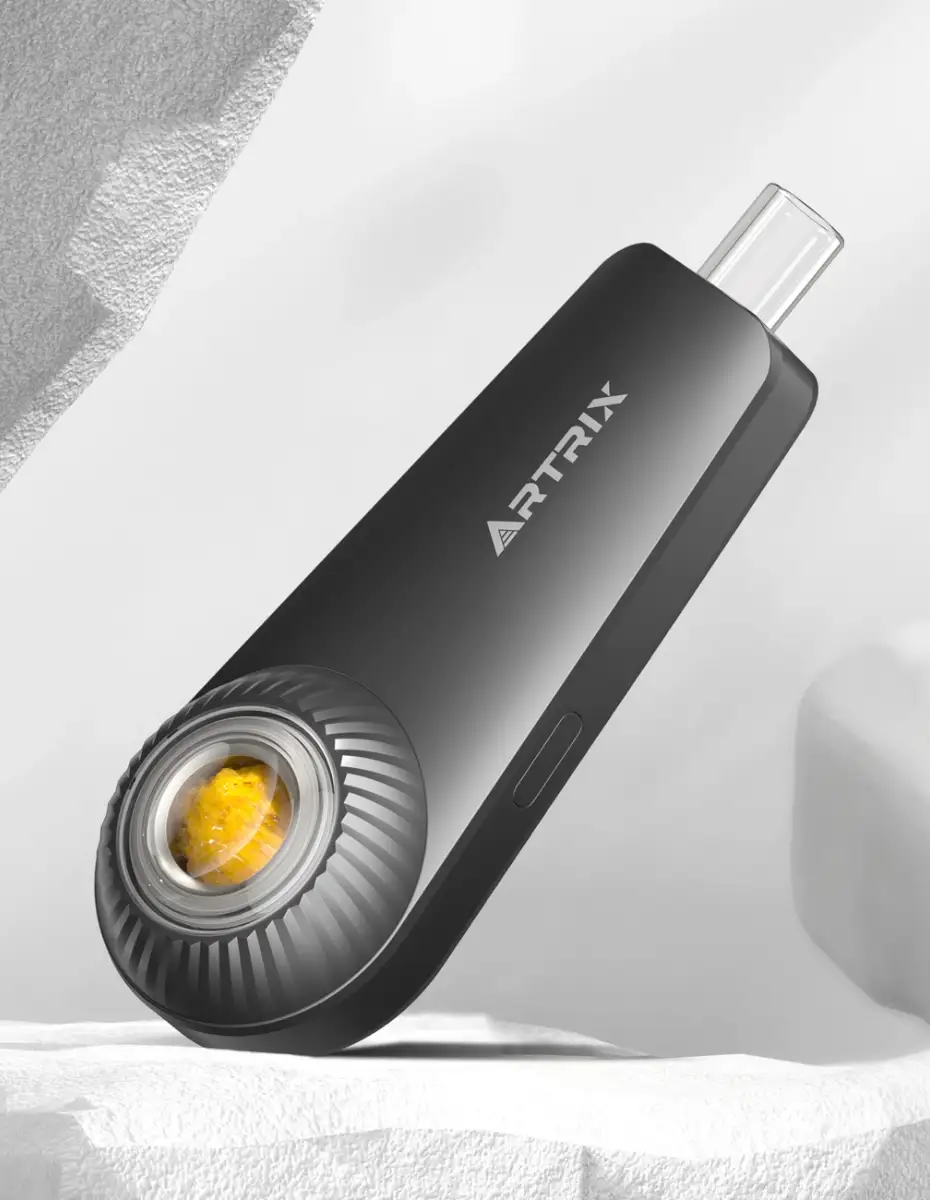Why Does My Vape Pen Keep Blinking?
Important Safety Notice: Read This First
Before attempting any troubleshooting, understand these critical safety points:
When your vape pen blinks, it’s often a built-in safety feature warning you of a potential problem. Never ignore these warnings or attempt to bypass safety mechanisms. If your device is damaged, overheating, or showing signs of malfunction, discontinue use immediately and dispose of it properly.
Immediate safety actions:
-
- – Stop using the device if it’s hot, damaged, or behaving abnormally
-
- – Never attempt to open disposable vapes or modify any vaping device
-
- – Don’t force charging on devices not designed to be recharged
-
- – If you smell burning, see sparks, or notice swelling, dispose of the device immediately
Quick Diagnosis: What Your Blinking Light Means
Most blinking issues can be quickly identified with this simple diagnostic approach:
Is Your Vape Disposable or Refillable?
This is the critical first step because it determines what solutions are actually safe and possible:
-
- – Disposable vapes: Limited troubleshooting options; most blinking indicates end of life
-
- – Refillable/rechargeable vapes: More troubleshooting possibilities, but safety still comes first
Count the Blinks and Note the Color
Different blinking patterns typically indicate specific issues:
-
- – 3 blinks: Usually low battery or connection issue
-
- – 5 blinks: Often indicates puff time limit reached
-
- – 10+ blinks: Typically battery protection mode or serious malfunction
-
- – Red blinking: Usually low battery or error
-
- – Blue/white blinking: Often normal charging or operation indicator
The 5 Most Common Causes and Safe Solutions
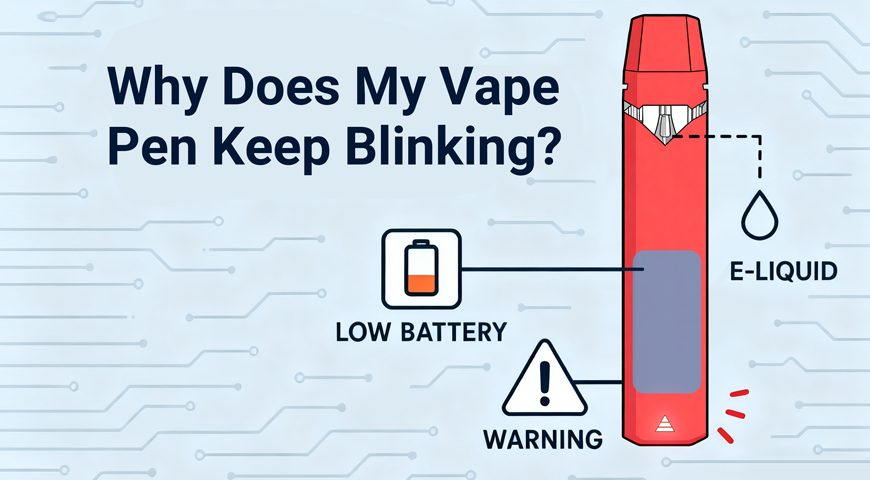
When your vape device starts blinking, it’s usually indicating one of five common issues that range from simple fixes to safety concerns. The most frequent cause (80% of cases) is simply a dead or low battery that needs charging, while connection problems between the battery and cartridge can often be resolved with gentle cleaning using isopropyl alcohol. Sometimes the blinking is actually a built-in safety feature activating, such as a puff time limit to prevent overheating or overheating protection that requires you to let the device cool down. However, if your device shows signs of serious malfunction like continuous blinking, excessive heat, unusual smells, or physical damage, stop using it immediately and dispose of it safely, as these indicate potential safety hazards that shouldn’t be ignored.
1. Dead or Low Battery (80% of Cases)
The most common reason for blinking is simply a depleted battery. This is usually the easiest and safest issue to resolve.
For rechargeable devices:
-
- – Locate the charging port (sometimes hidden under a small cover)
-
- – Use only the manufacturer-provided charger or USB-C cable
-
- – Charge for 1-3 hours depending on device specifications
-
- – Look for charging indicators (usually a solid light when charging, changing color when full)
For disposables:
Most disposables are designed for single use, so blinking often means the device has reached the end of its lifespan and needs to be replaced. While some newer disposable devices now include charging ports, it’s essential to check the manufacturer’s specifications before attempting to charge them. Never attempt to charge a device that isn’t specifically designed for recharging, as this can be dangerous and may damage the device or cause safety hazards.
2. Connection Issues Between Battery and Cartridge
Only attempt this with refillable devices where components are designed to be separated.
Safe cleaning process:
-
- – Power off the device completely
-
- – Carefully unscrew the cartridge (don’t force it)
-
- – Use a cotton swab with small amount of isopropyl alcohol to clean the threads
-
- – Check for debris, oil buildup, or damage
-
- – Reconnect with gentle pressure – hand-tight only, never force
Warning signs to stop: If threads are damaged, stripped, or if components don’t fit together easily, discontinue use.
3. Puff Time Limit Reached (Safety Feature)
Many devices have built-in timers that prevent overheating by limiting draw time.
This is a safety feature, not a malfunction:
-
- – Take shorter, more controlled puffs (3-5 seconds maximum)
-
- – Allow brief pauses between draws
-
- – If the device continues blinking after normal puffs, it may indicate a different issue
4. Overheating Protection Activated
Devices may blink when they detect excessive heat buildup.
Safe response:
-
- – Stop using immediately and allow device to cool completely (15-30 minutes)
-
- – Check for obvious signs of damage or swelling
-
- – Avoid chain vaping (multiple puffs in quick succession)
-
- – If overheating persists, discontinue use permanently
5. Short Circuit or Serious Malfunction
This is a safety emergency – do not attempt repairs.
Warning signs:
-
- – Device gets very hot
-
- – Unusual smells or visible damage
-
- – Continuous blinking that doesn’t respond to charging or cooling
-
- – Any signs of swelling or leakage
Immediate action: Stop use, allow to cool in a safe area away from flammable materials, and dispose of properly at an electronics recycling center.
Disposable Vape Safety Guide
When your disposable vape starts blinking, it typically indicates the battery is depleted, e-liquid is finished, or maximum puff count is reached – signaling it’s time to safely dispose of the device. Never attempt to open, refill, or modify disposable vapes as these actions can lead to dangerous battery explosions, toxic exposure, or fires.
When Blinking Means It’s Finished
Most disposable vapes are designed for single use. When they start blinking, it typically means:
-
- – The battery has reached its designed limit
-
- – The e-liquid is depleted
-
- – The device has reached its maximum puff count
Do not attempt to “fix” disposables – they’re engineered to be safely disposed of when finished.
Critical Safety Warning for Disposables
Never attempt these dangerous actions:
-
- – Opening the device casing
-
- – Trying to refill with e-liquid
-
- – Attempting to charge devices not designed for charging
-
- – Modifying the device in any way
These actions can result in battery explosion, toxic chemical exposure, or fire.
Prevention and Best Practices
Safe Usage Habits
To minimize future issues and safety risks:
-
- – Take moderate, controlled puffs rather than aggressive draws
-
- – Allow devices to rest between sessions
-
- – Store in moderate temperatures (avoid cars, direct sunlight, freezing)
-
- – Keep devices clean and dry
-
- – Regular inspection for damage or wear
Choosing Safer Options
If you continue vaping:
-
- – Opt for rechargeable devices over disposables when possible
-
- – Look for devices with multiple safety features
-
- – Keep devices and supplies away from children and pets
When to Seek Help or Consider Alternatives
Stop using your vape immediately if you experience frequent malfunctions, overheating, throat irritation, or breathing difficulties, as these indicate serious safety concerns. If you’re experiencing persistent device issues, consider this an opportunity to explore cessation resources.
Recognizing Serious Problems
Stop using immediately if you experience:
-
- – Frequent device malfunctions
-
- – Any signs of overheating or damage
-
- – Throat irritation or breathing difficulties
-
- – Devices that don’t respond to normal troubleshooting
Health Resources
If you’re interested in reducing or stopping vaping:
-
- – Consult with healthcare providers about cessation options
-
- – Look into local or online support programs
-
- – Remember that frequent device issues might be an opportunity to reassess usage
Final Safety Reminder
Your safety is more important than fixing a malfunctioning device. When in doubt, it’s always safer to dispose of a problematic vape and replace it rather than risk injury from a potentially dangerous device. No troubleshooting tip is worth compromising your safety or health.
Remember: Blinking lights are safety features designed to protect you. Respect these warnings and prioritize your wellbeing over device functionality.
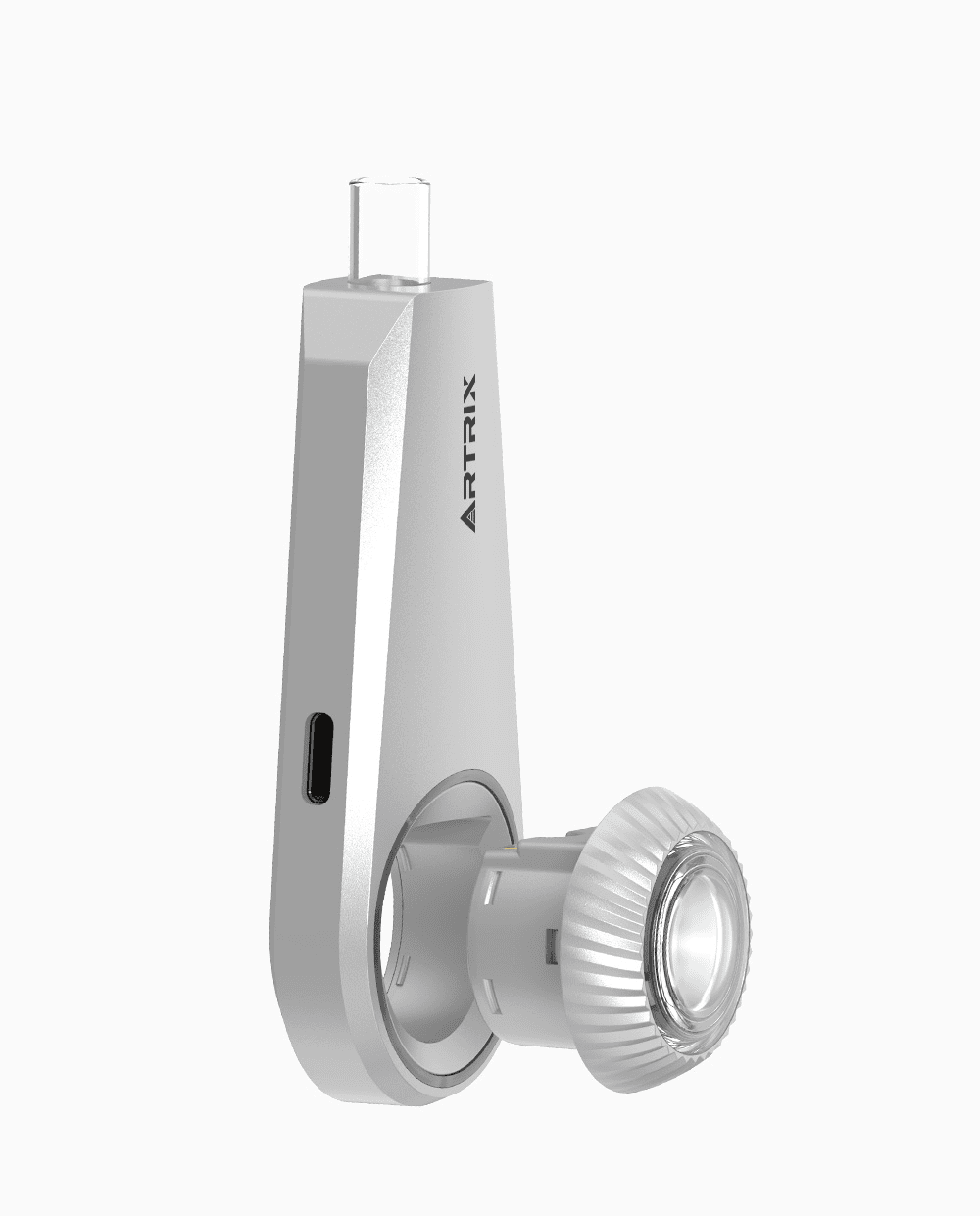
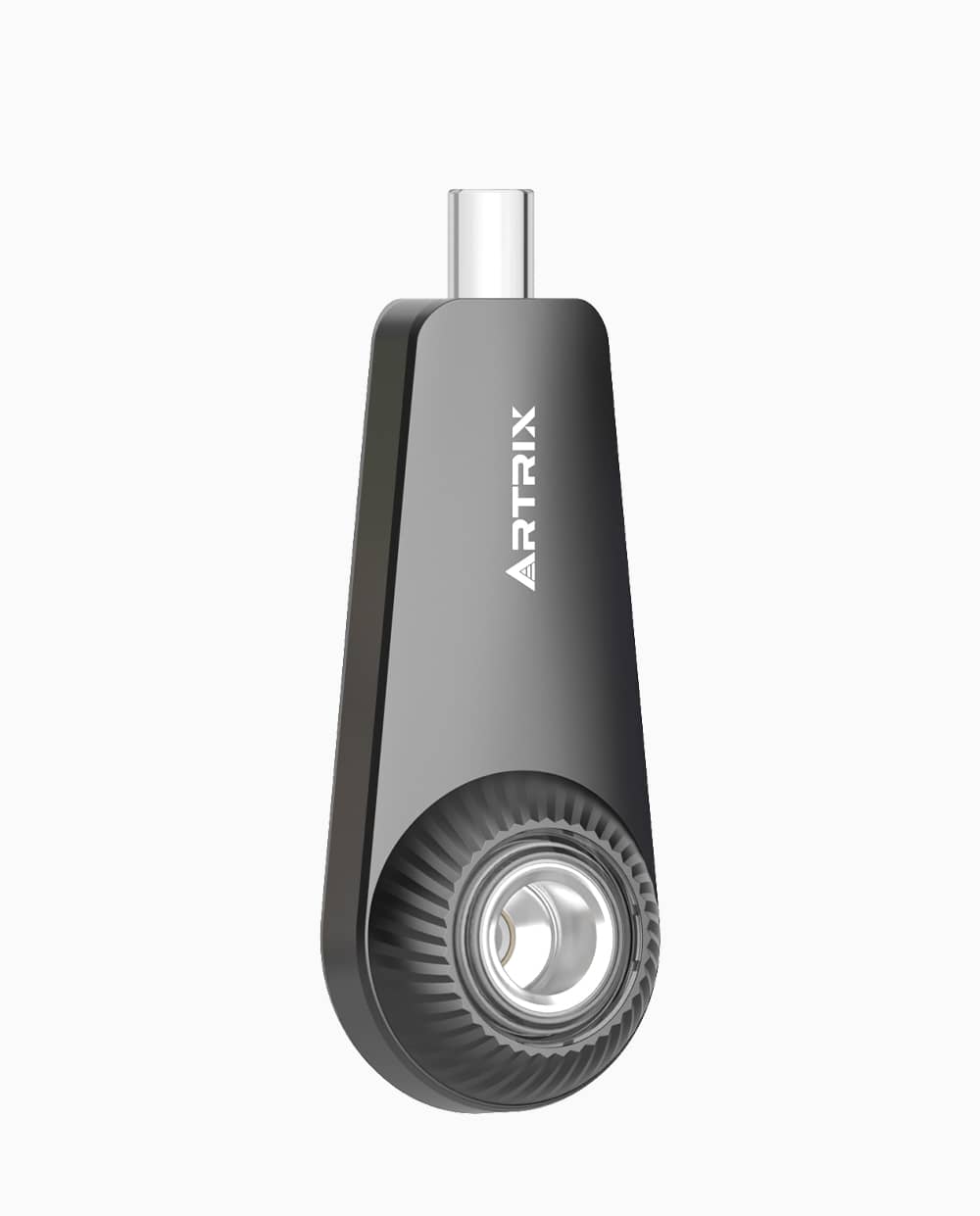
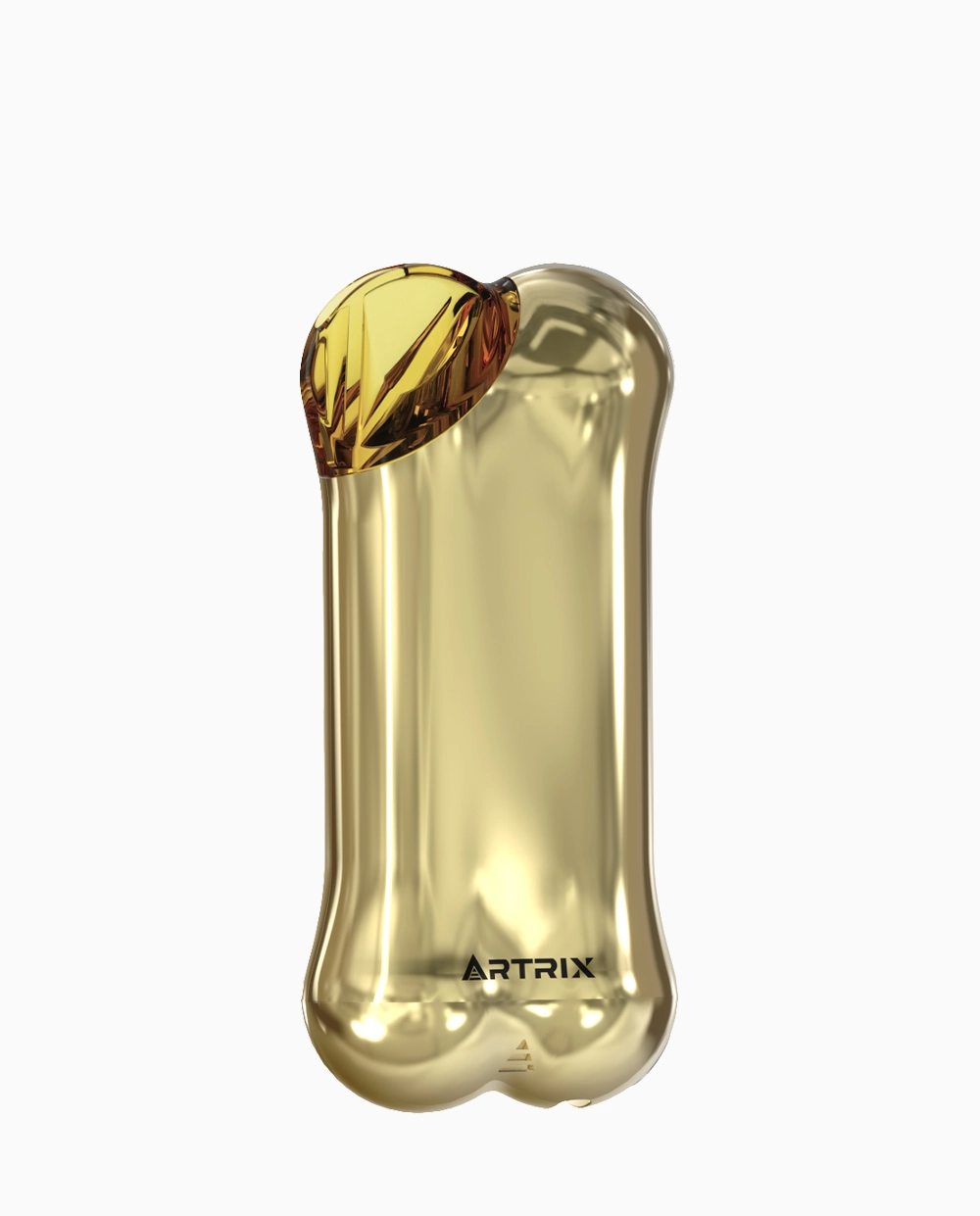
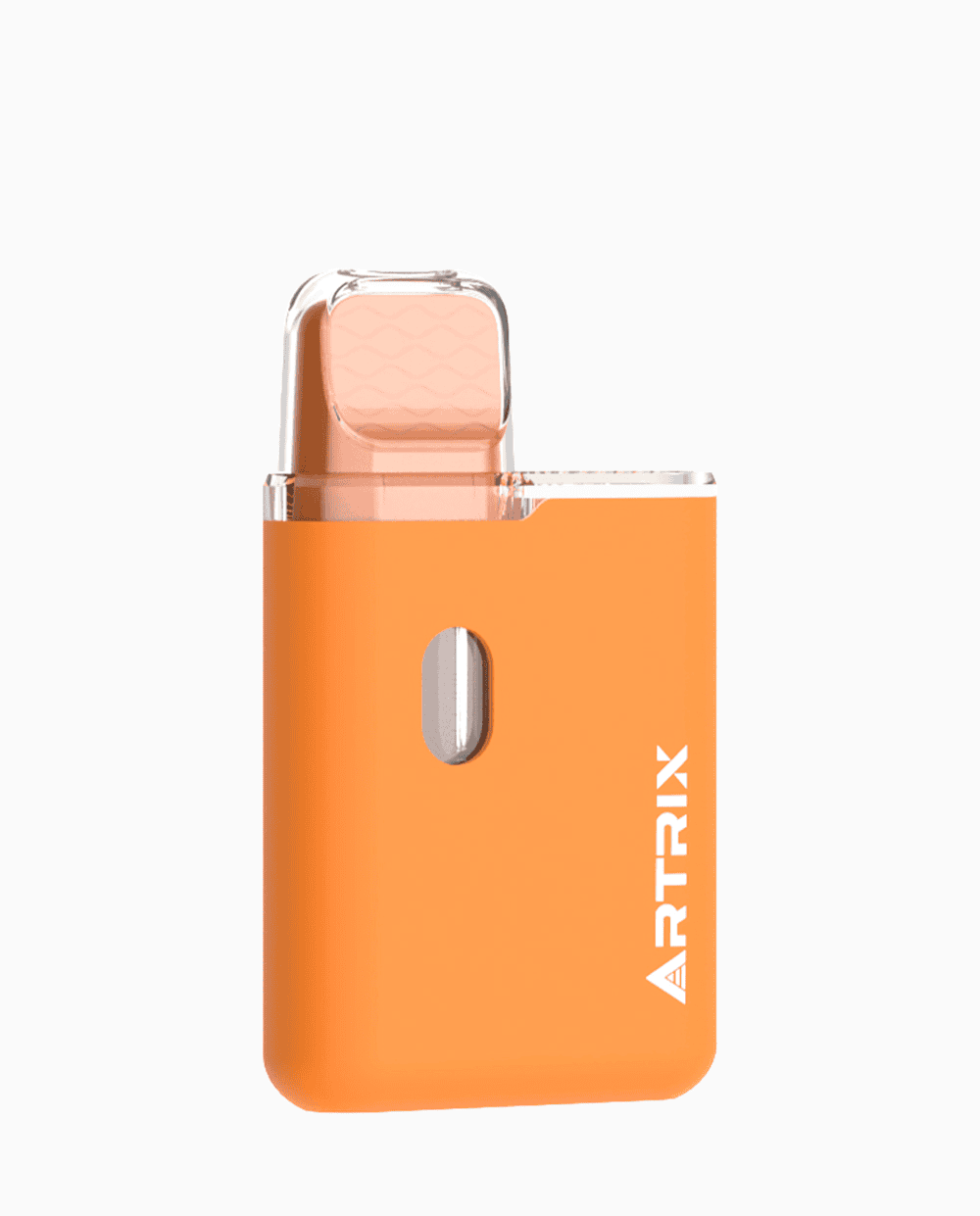
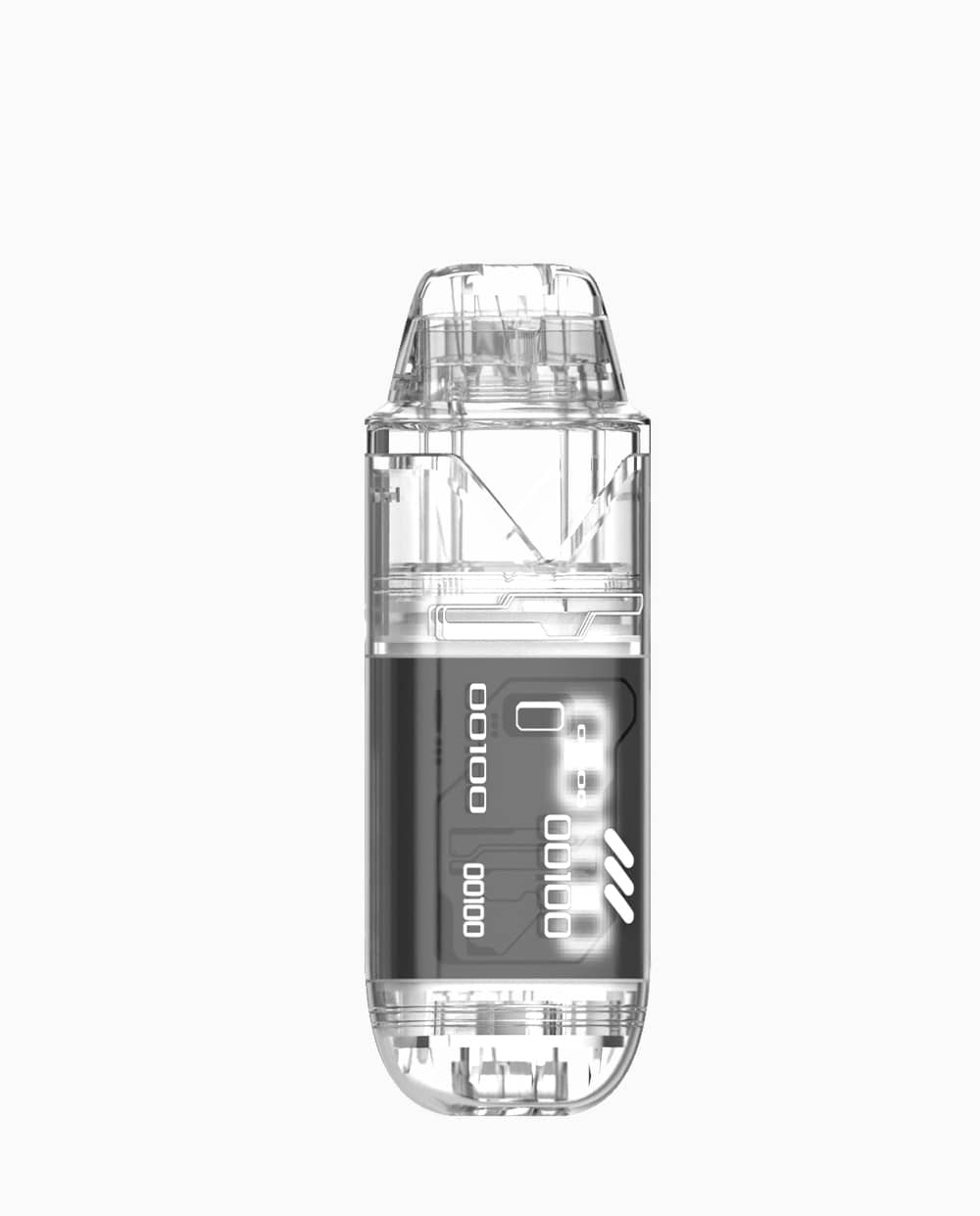
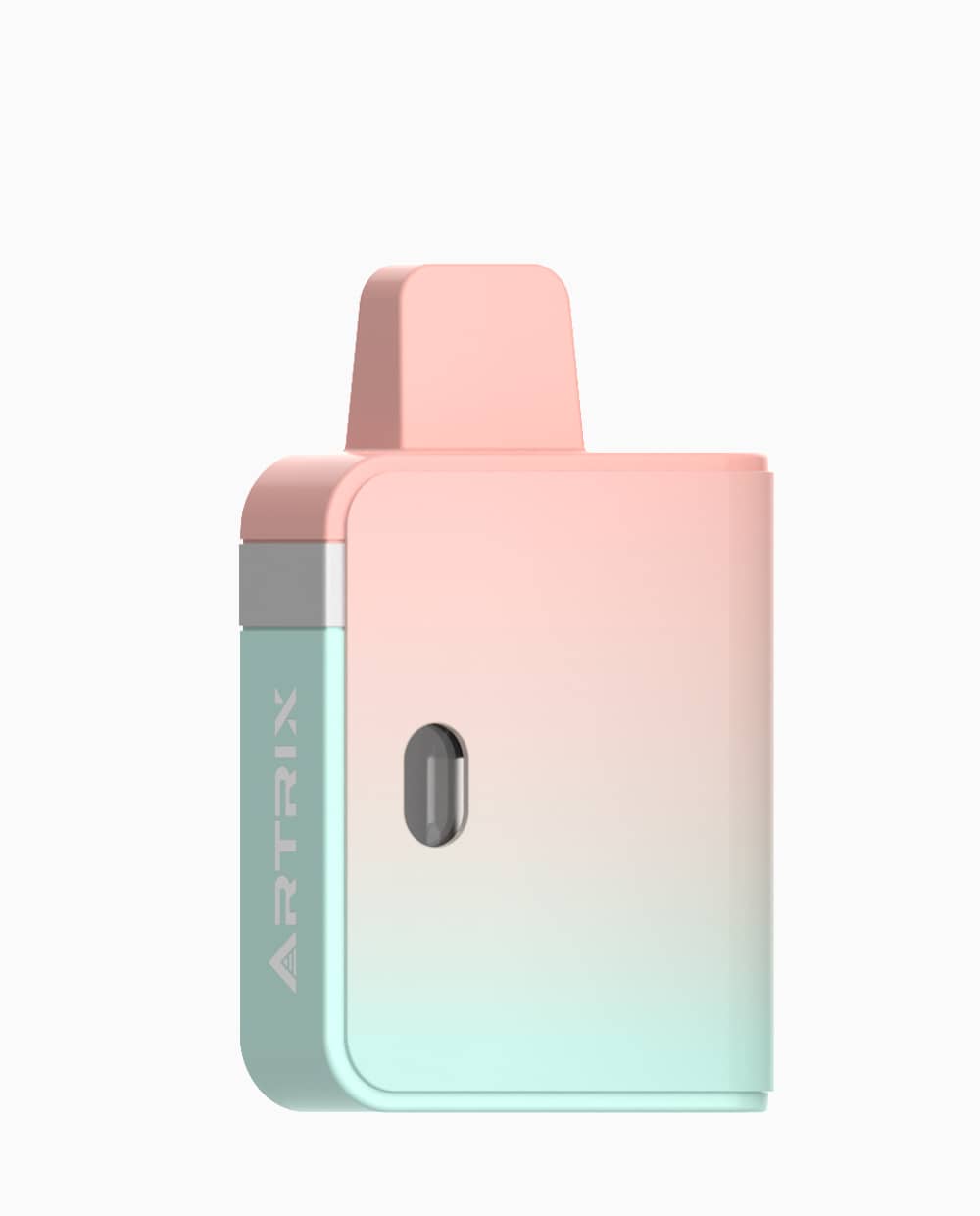
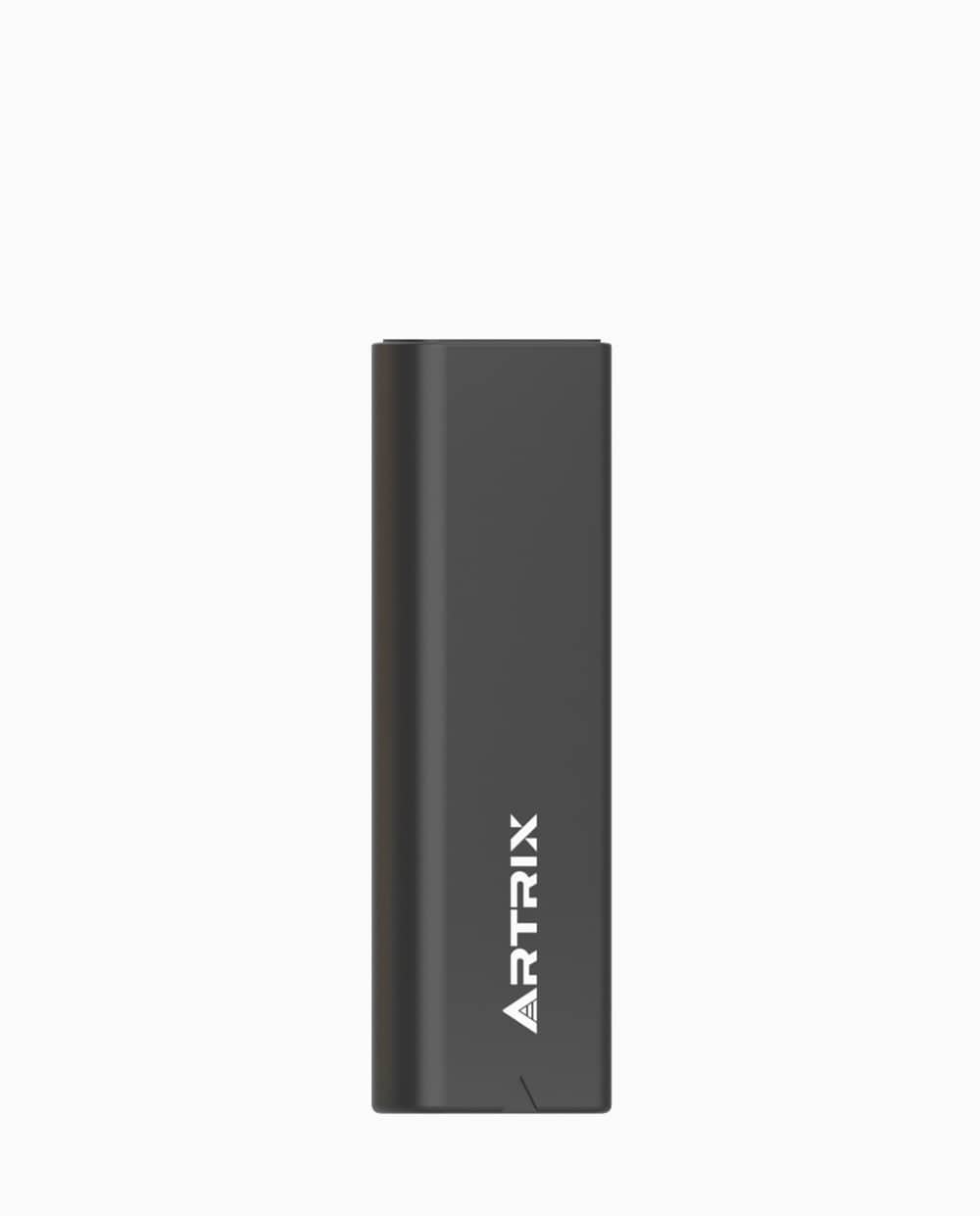
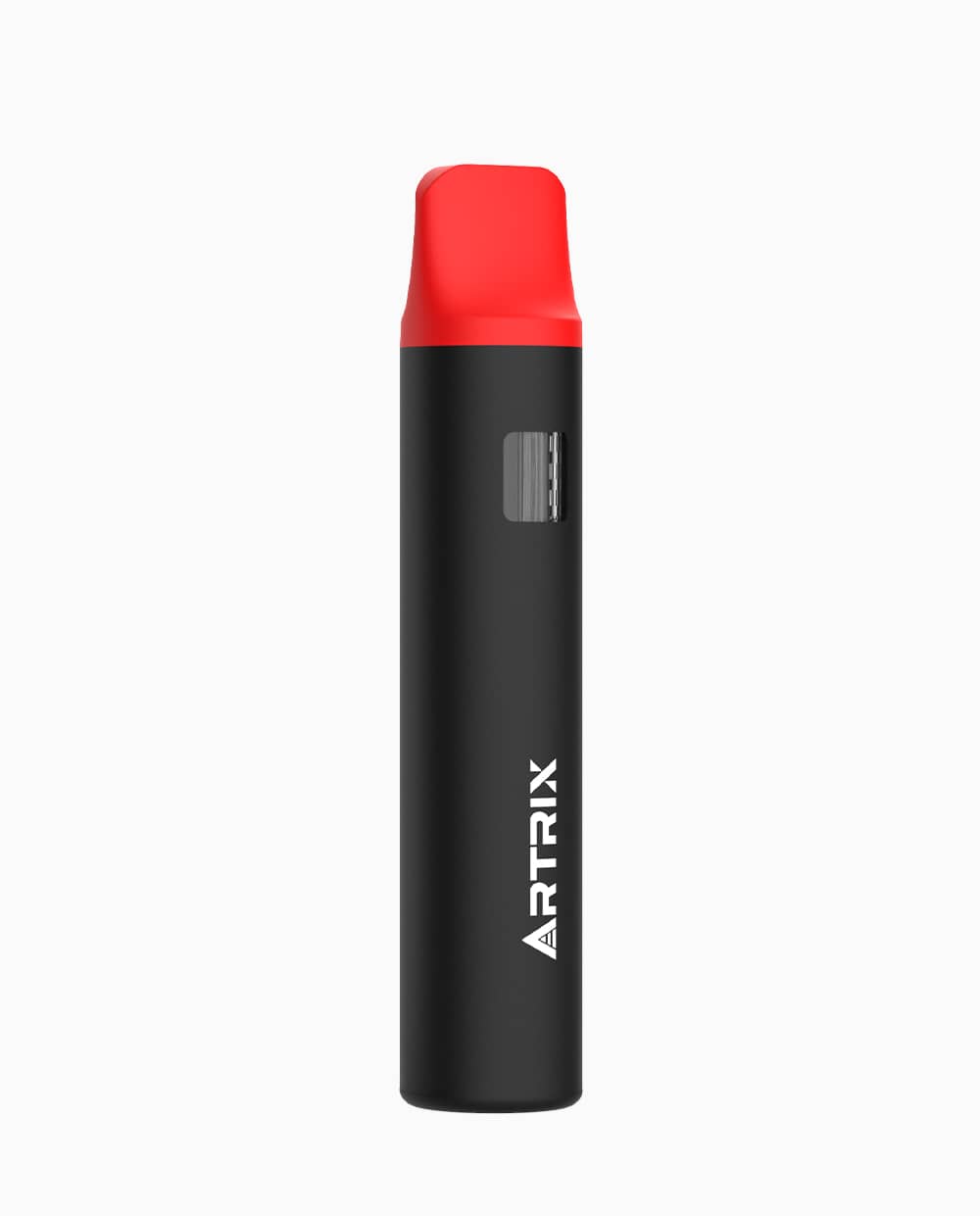
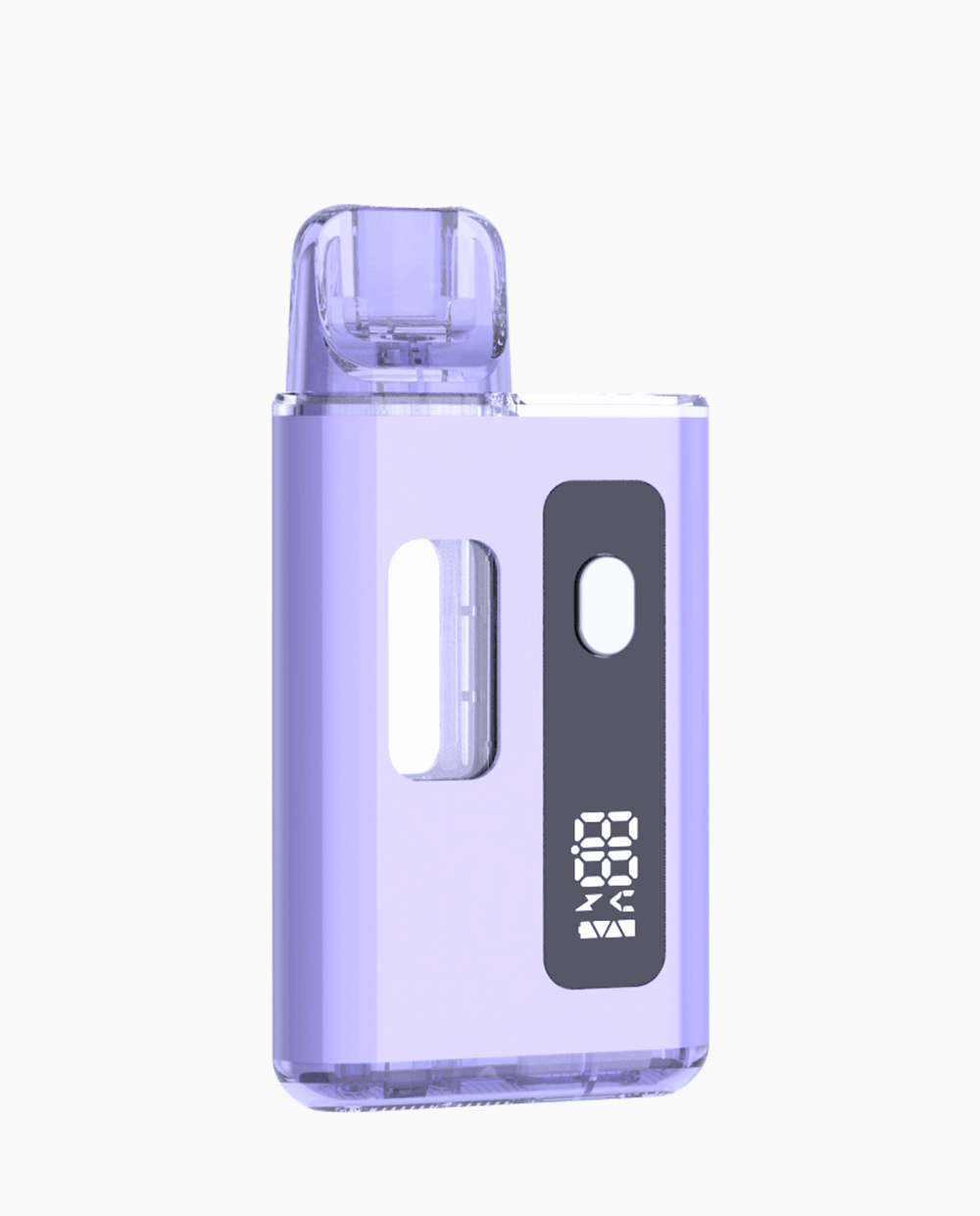
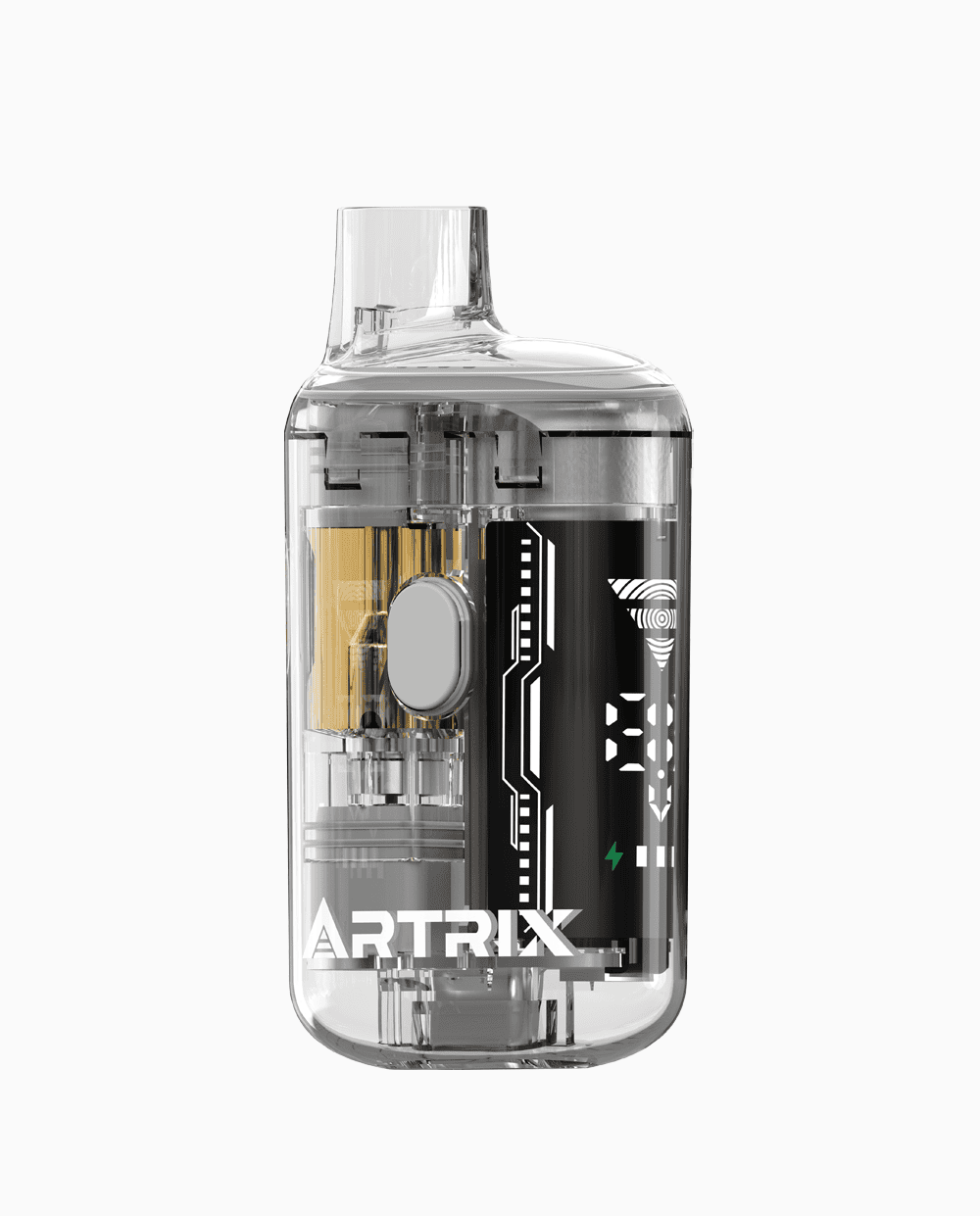
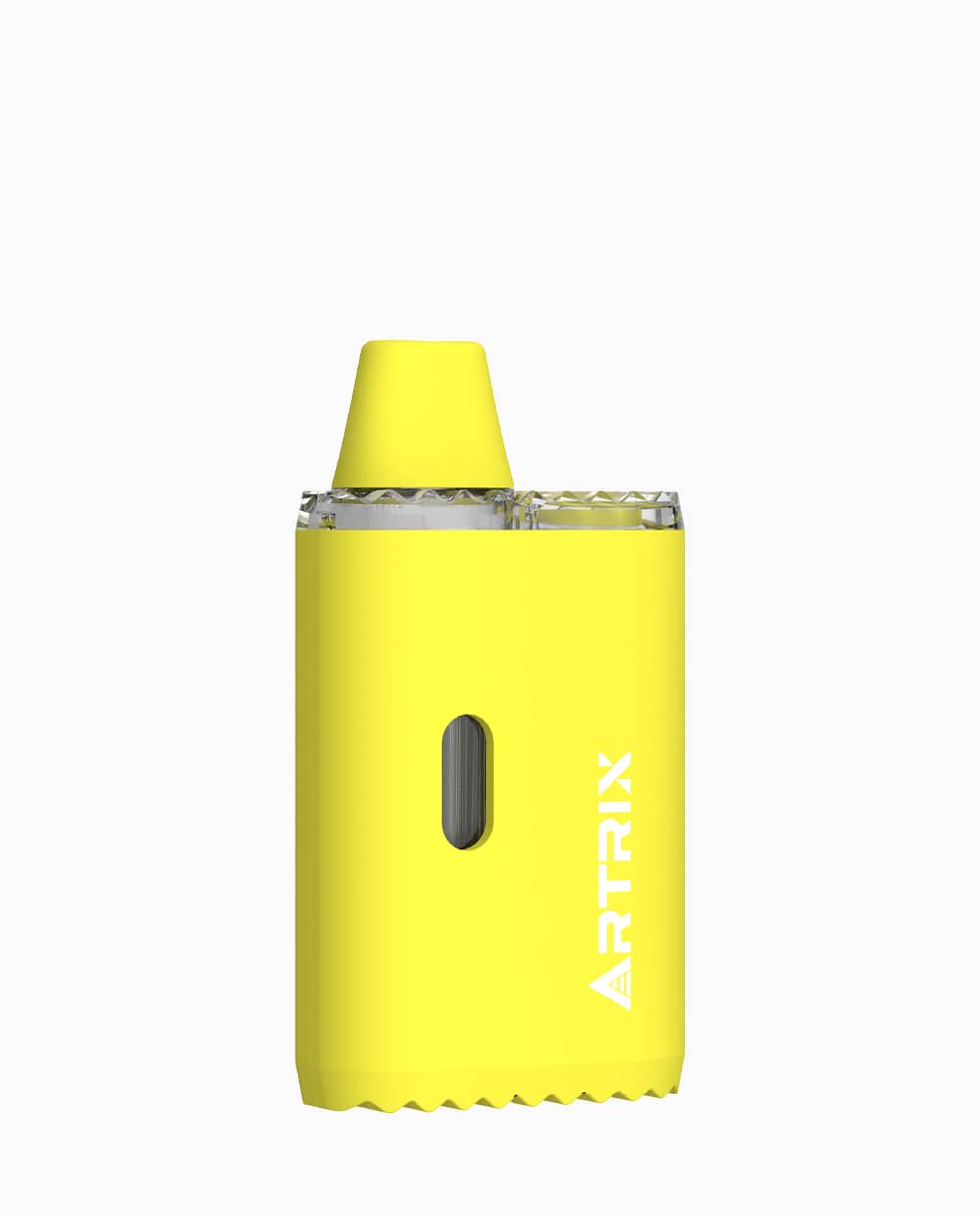
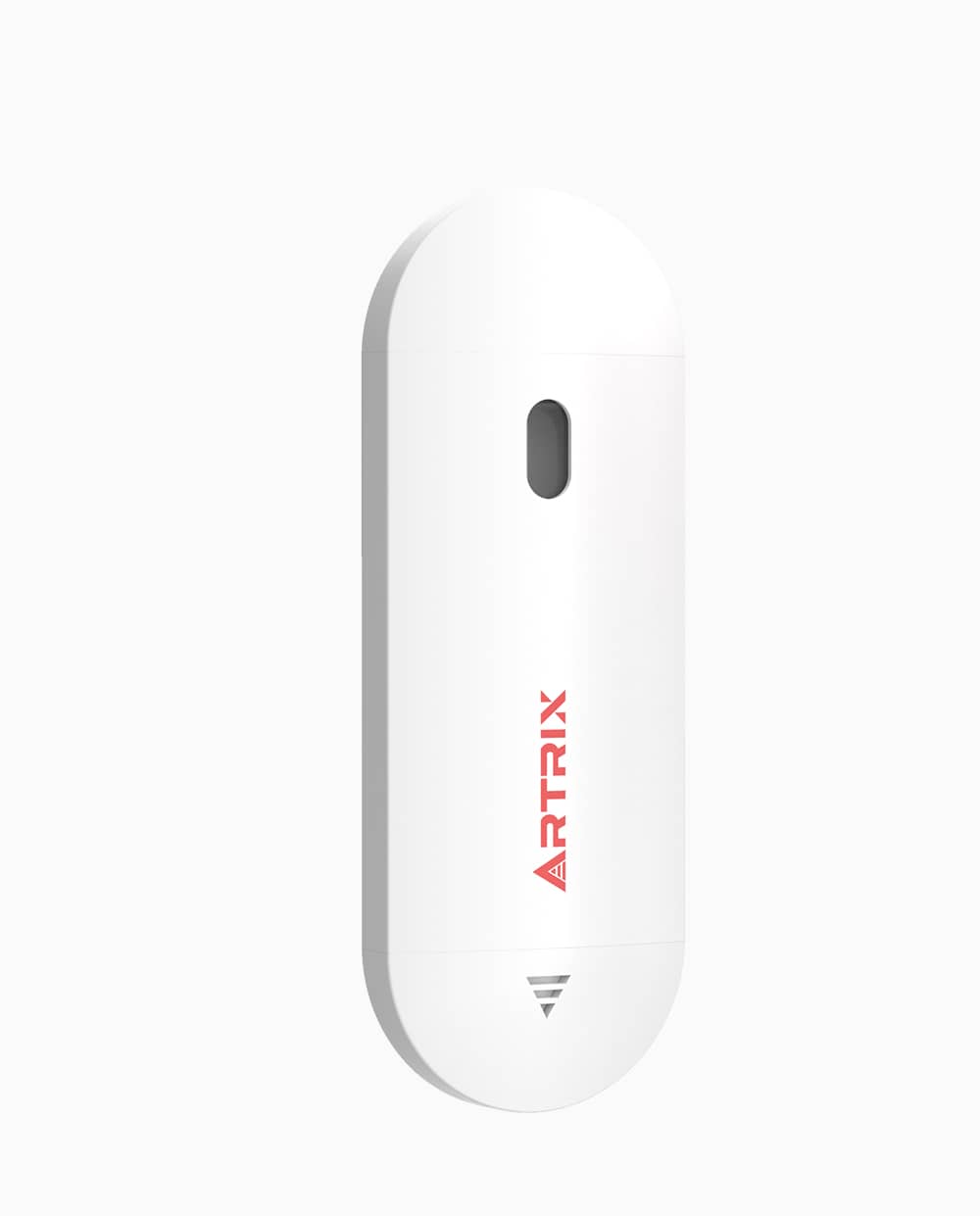
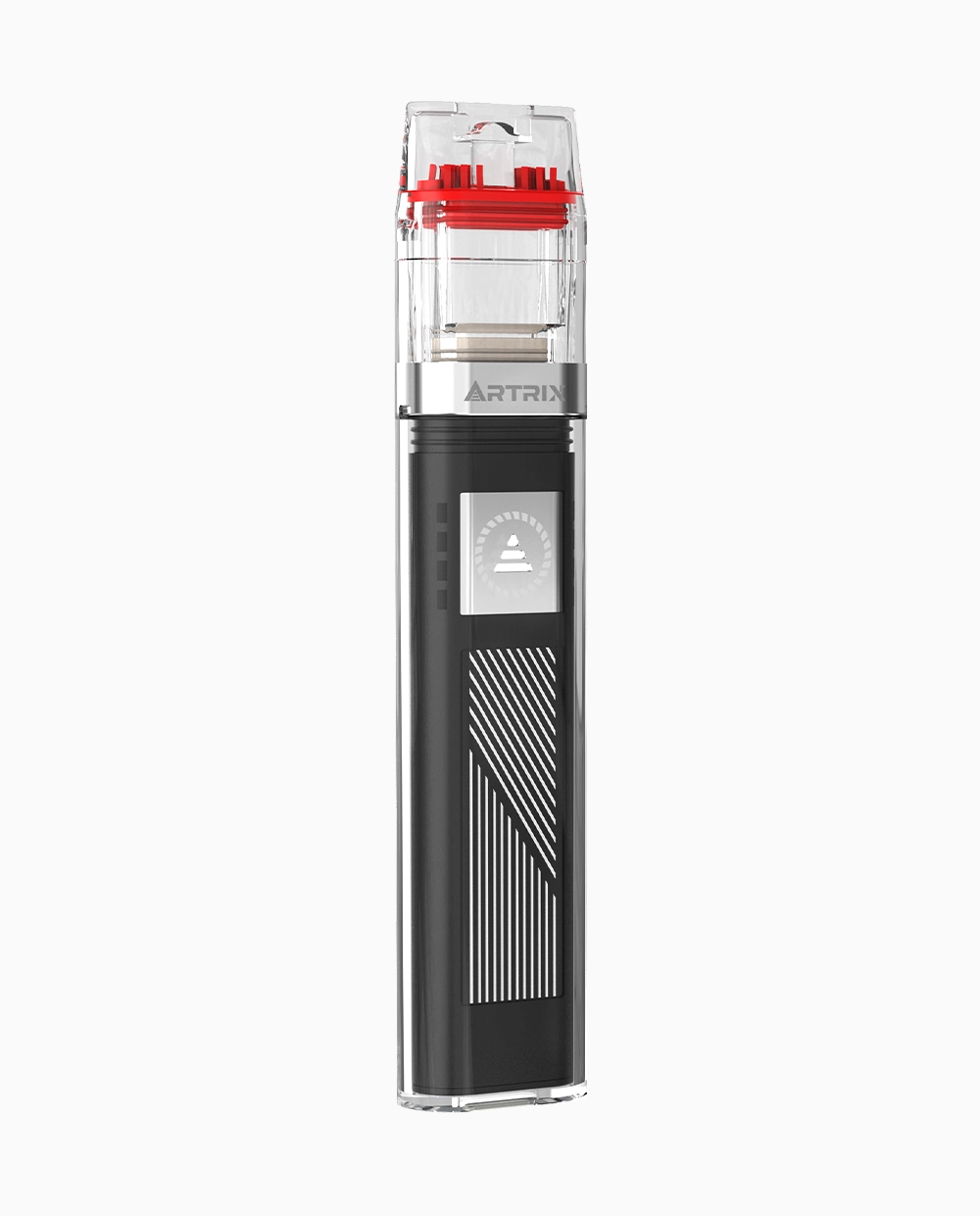
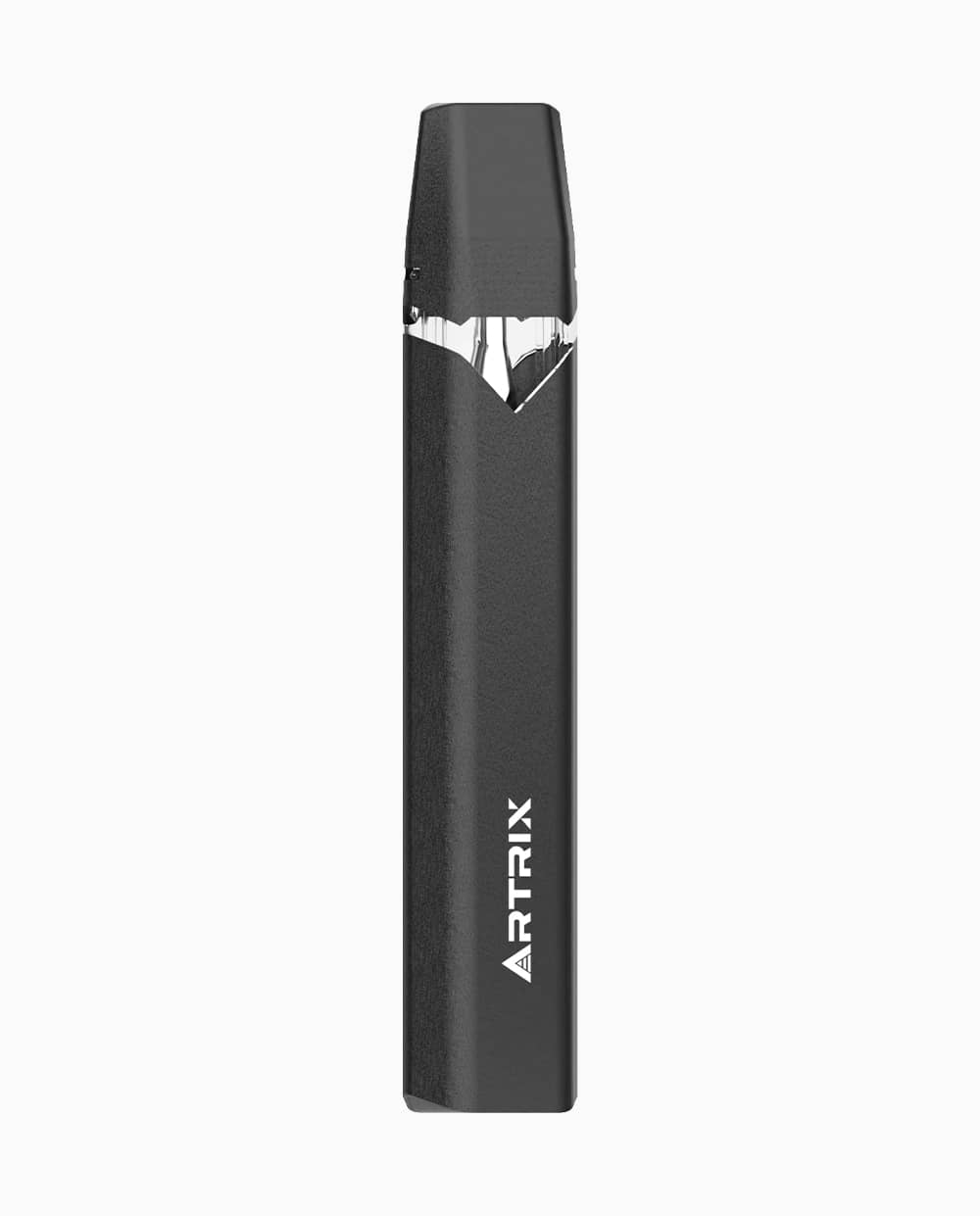
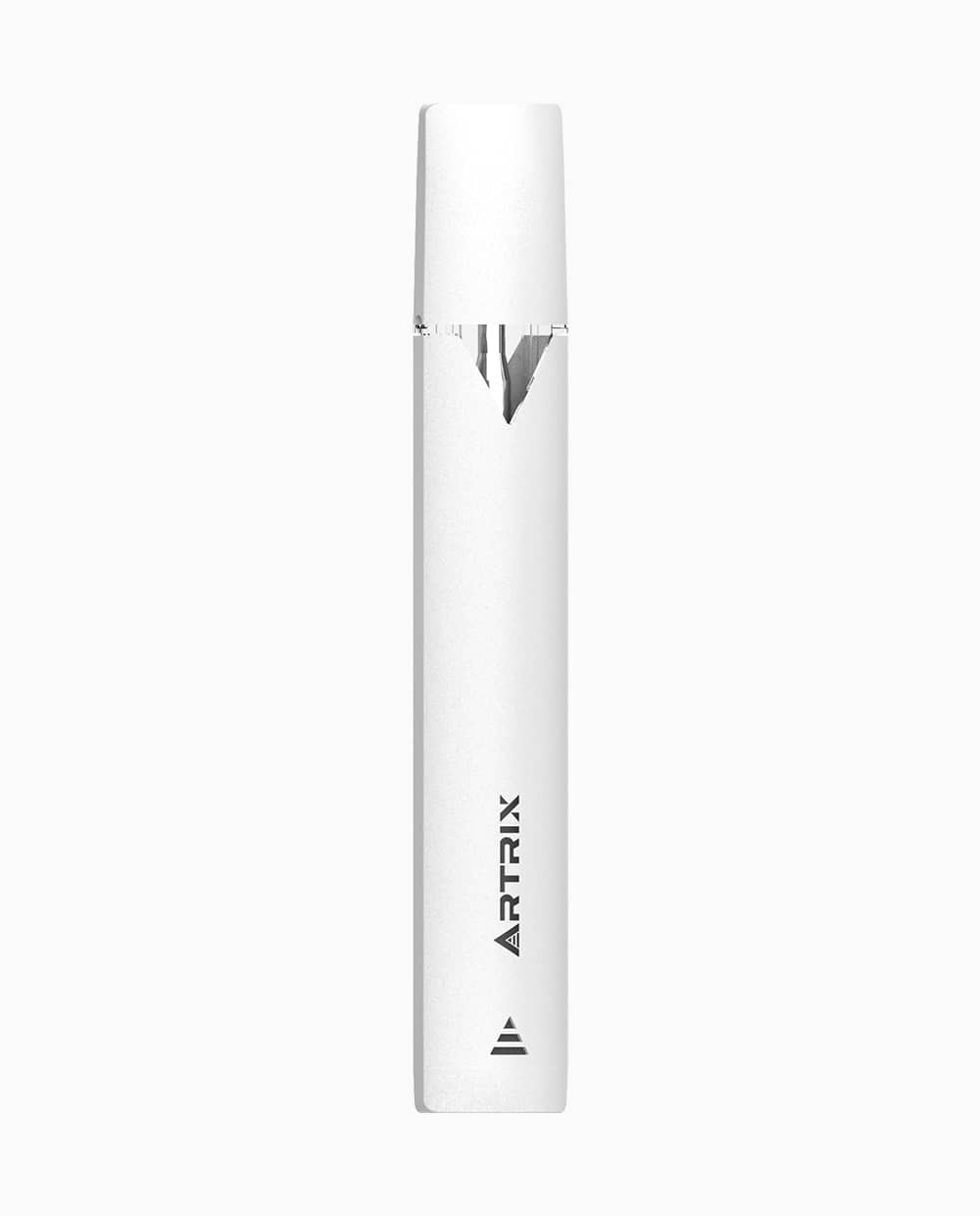
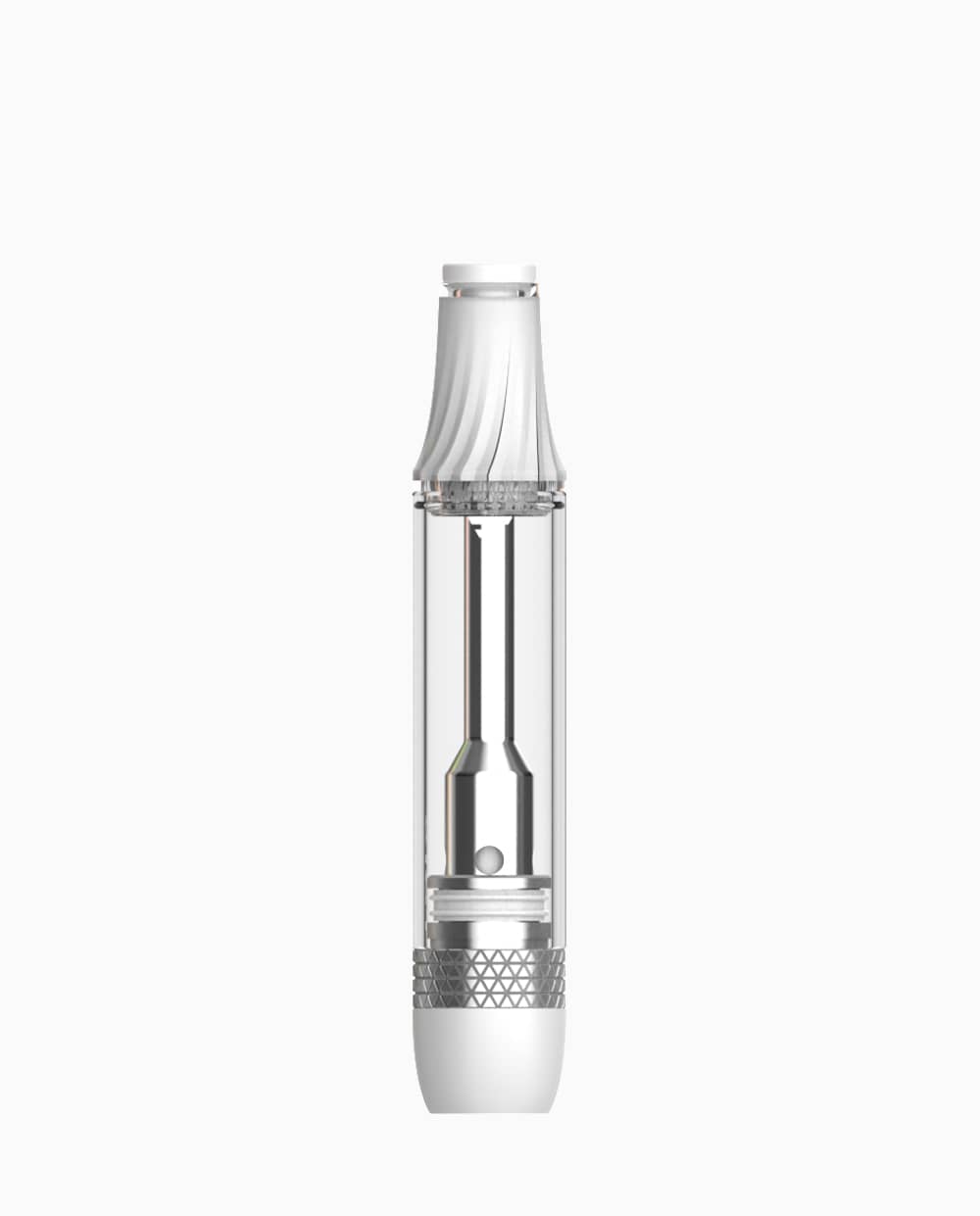
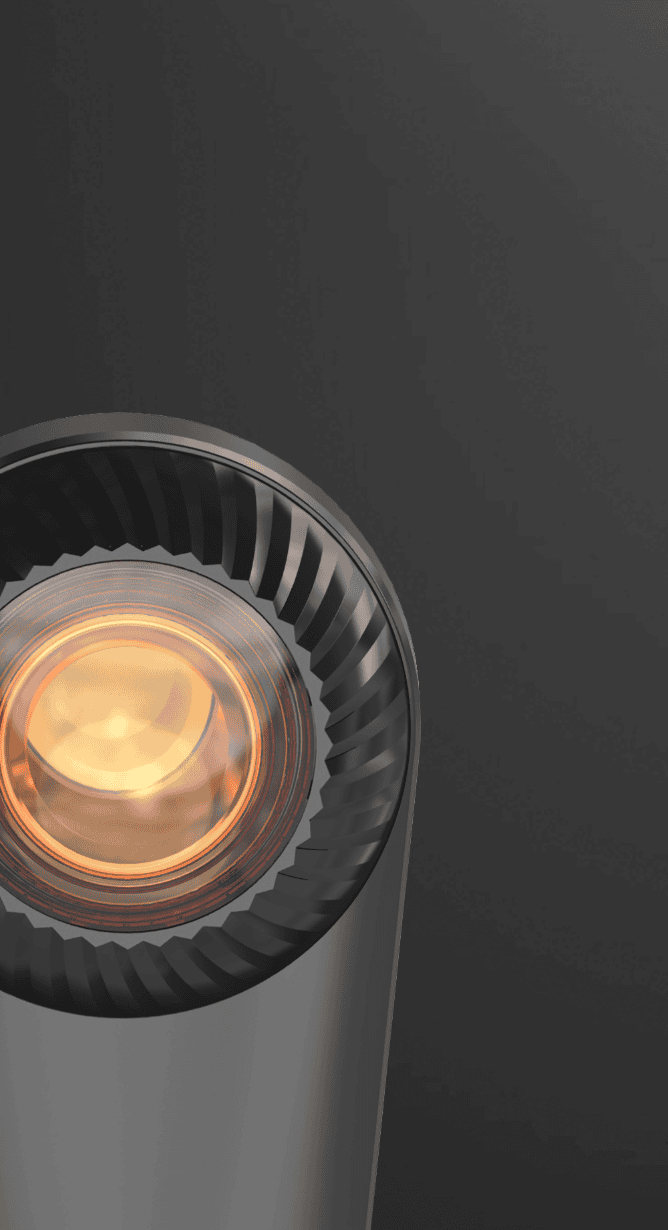
-1.webp)
-1.webp)
-2.webp)
